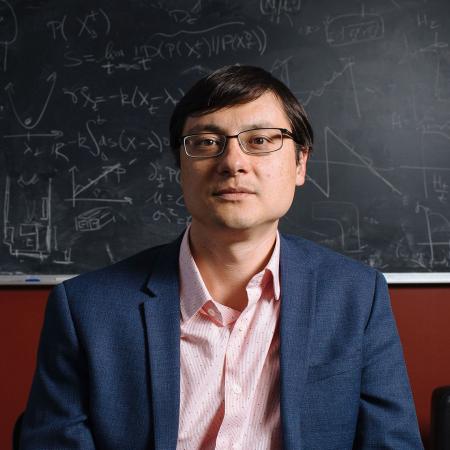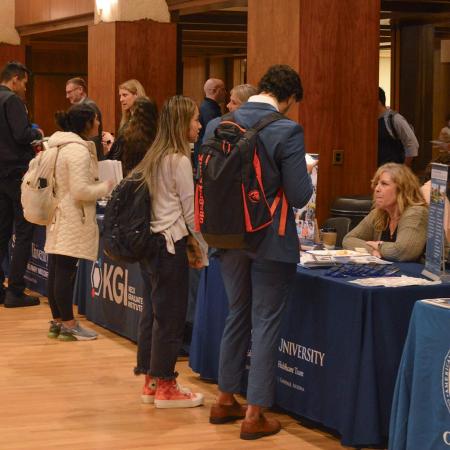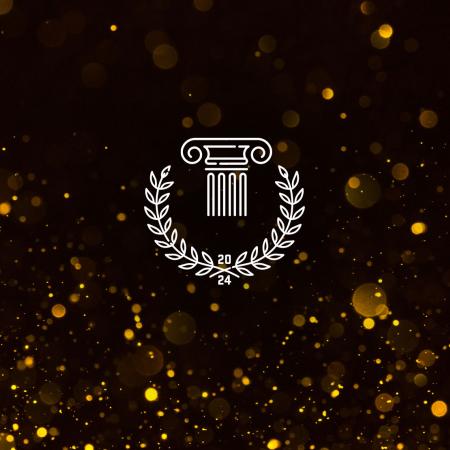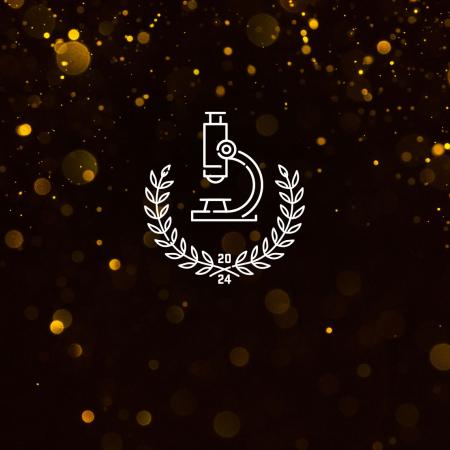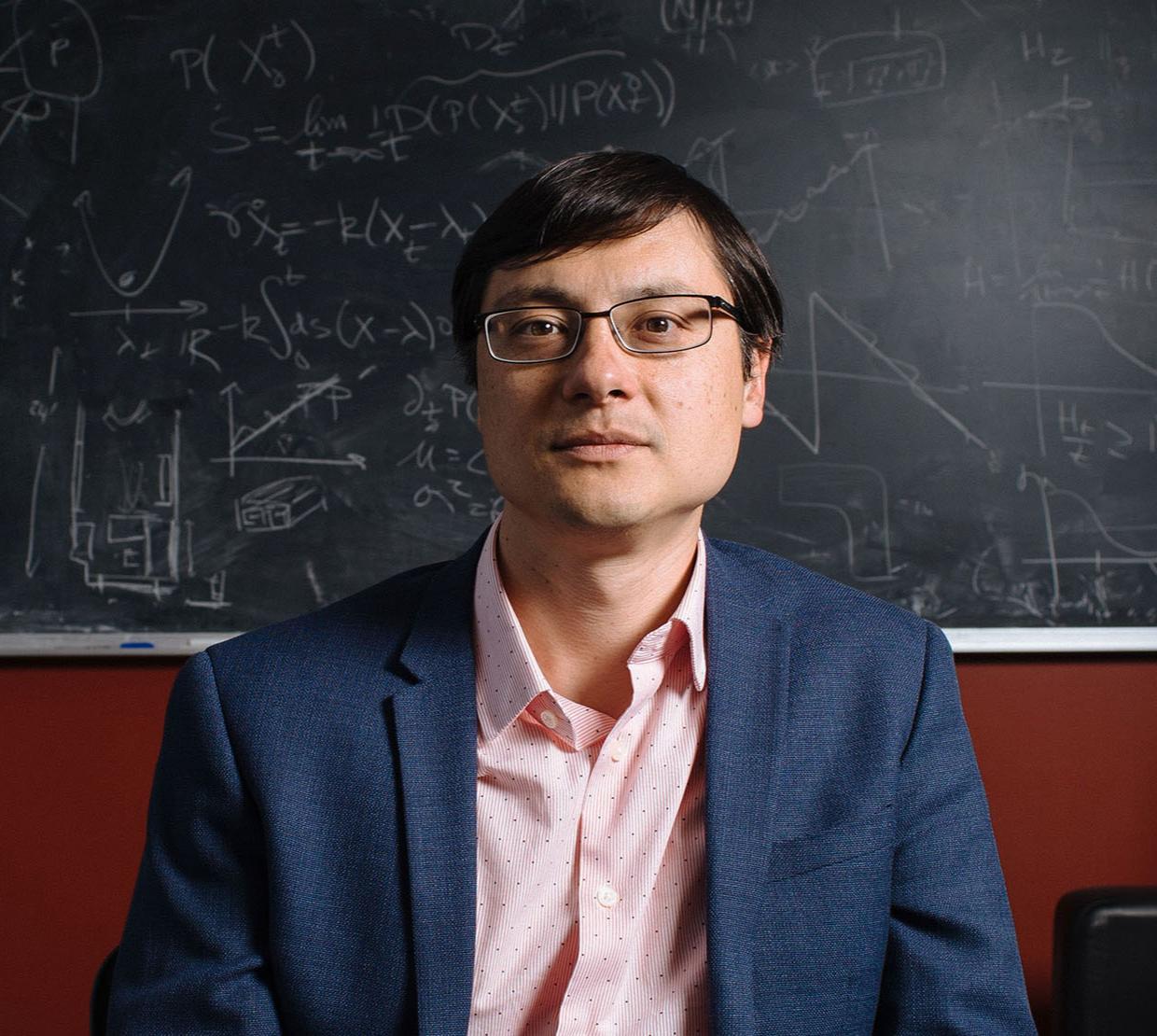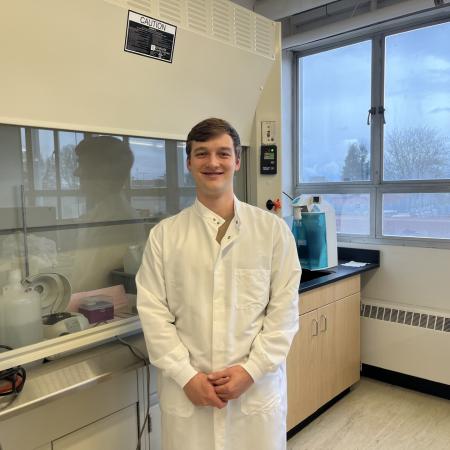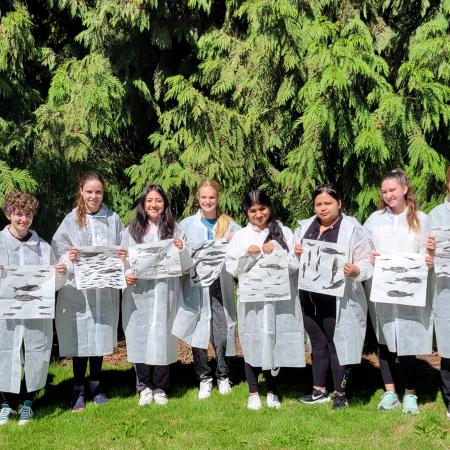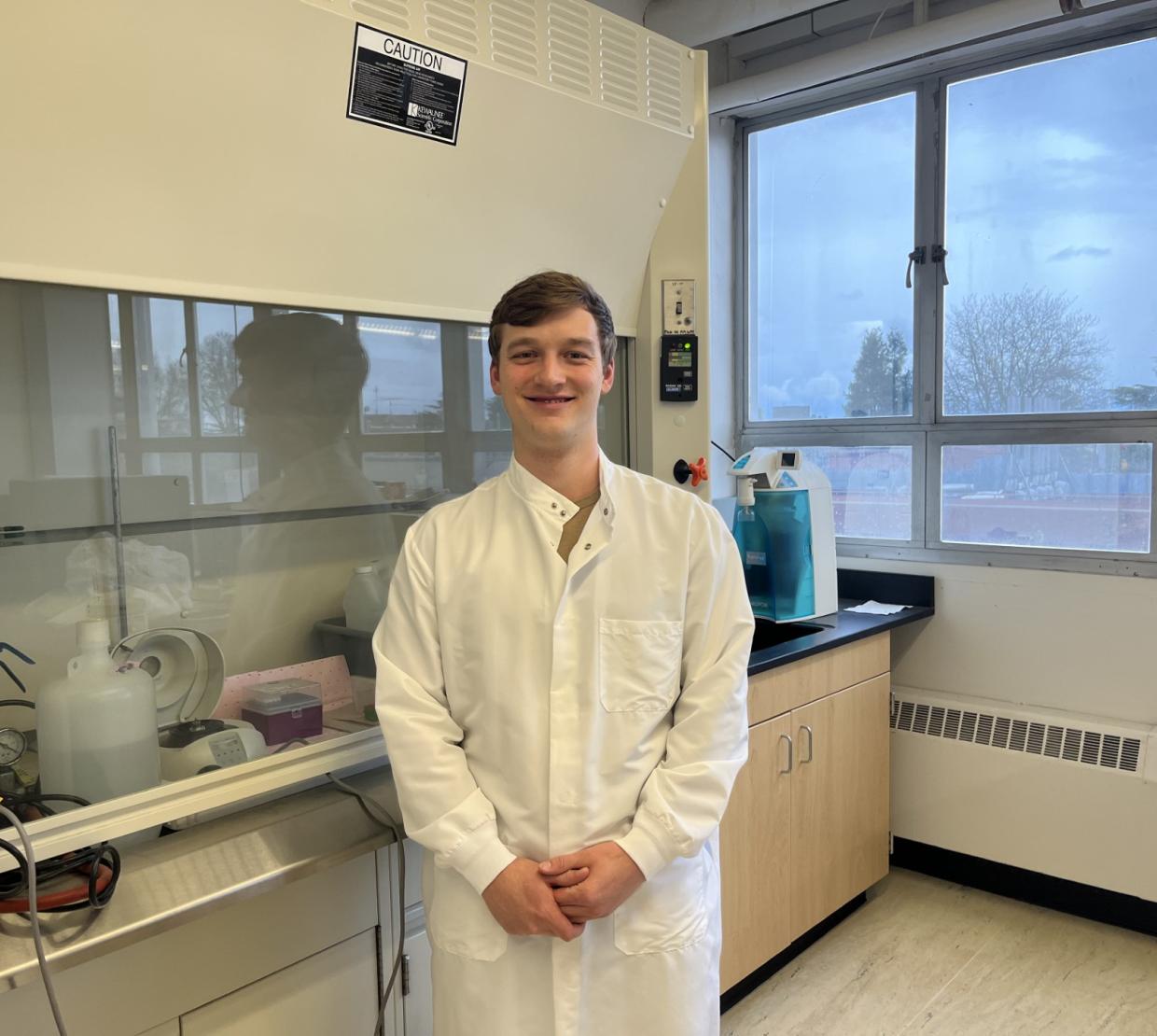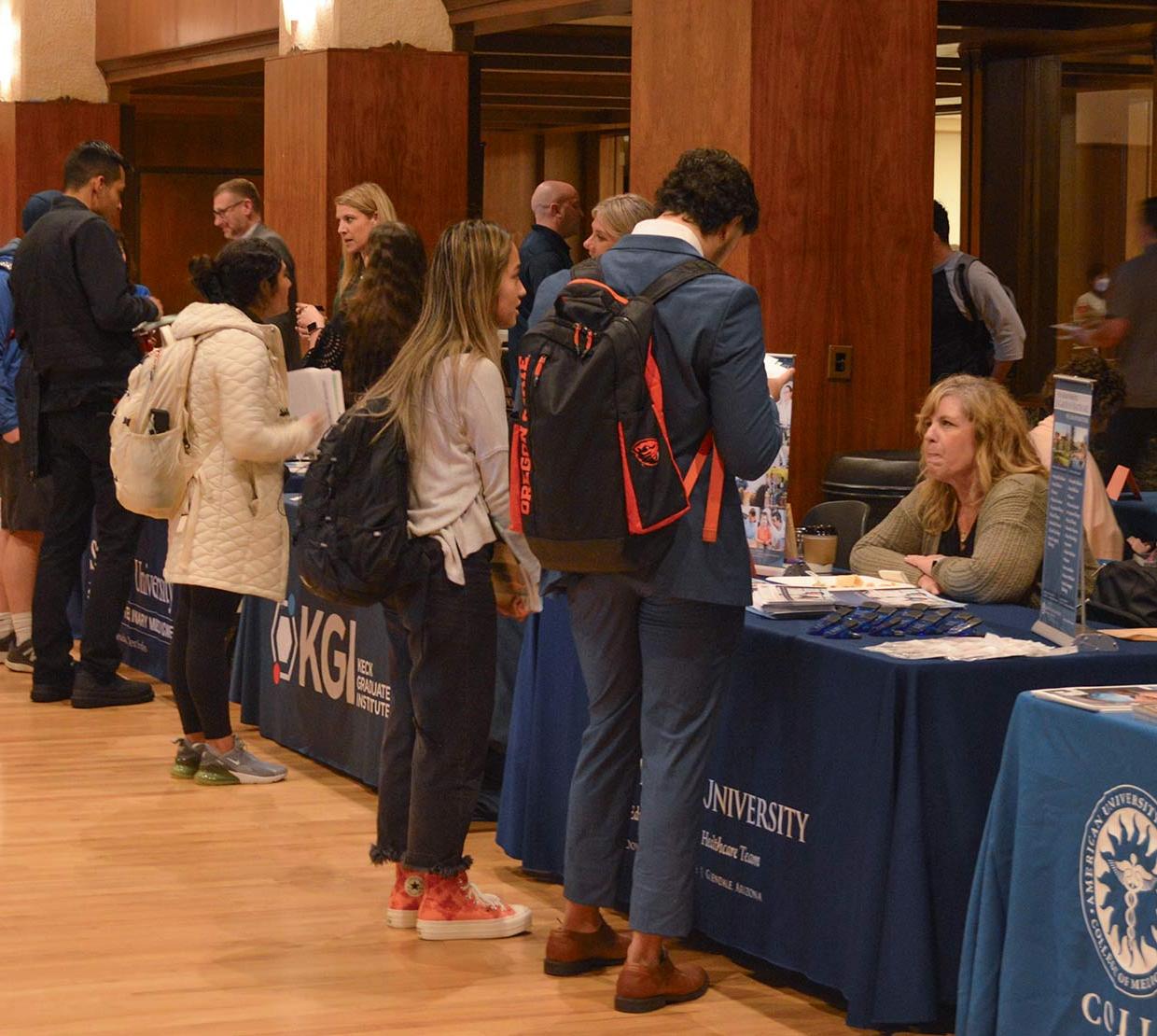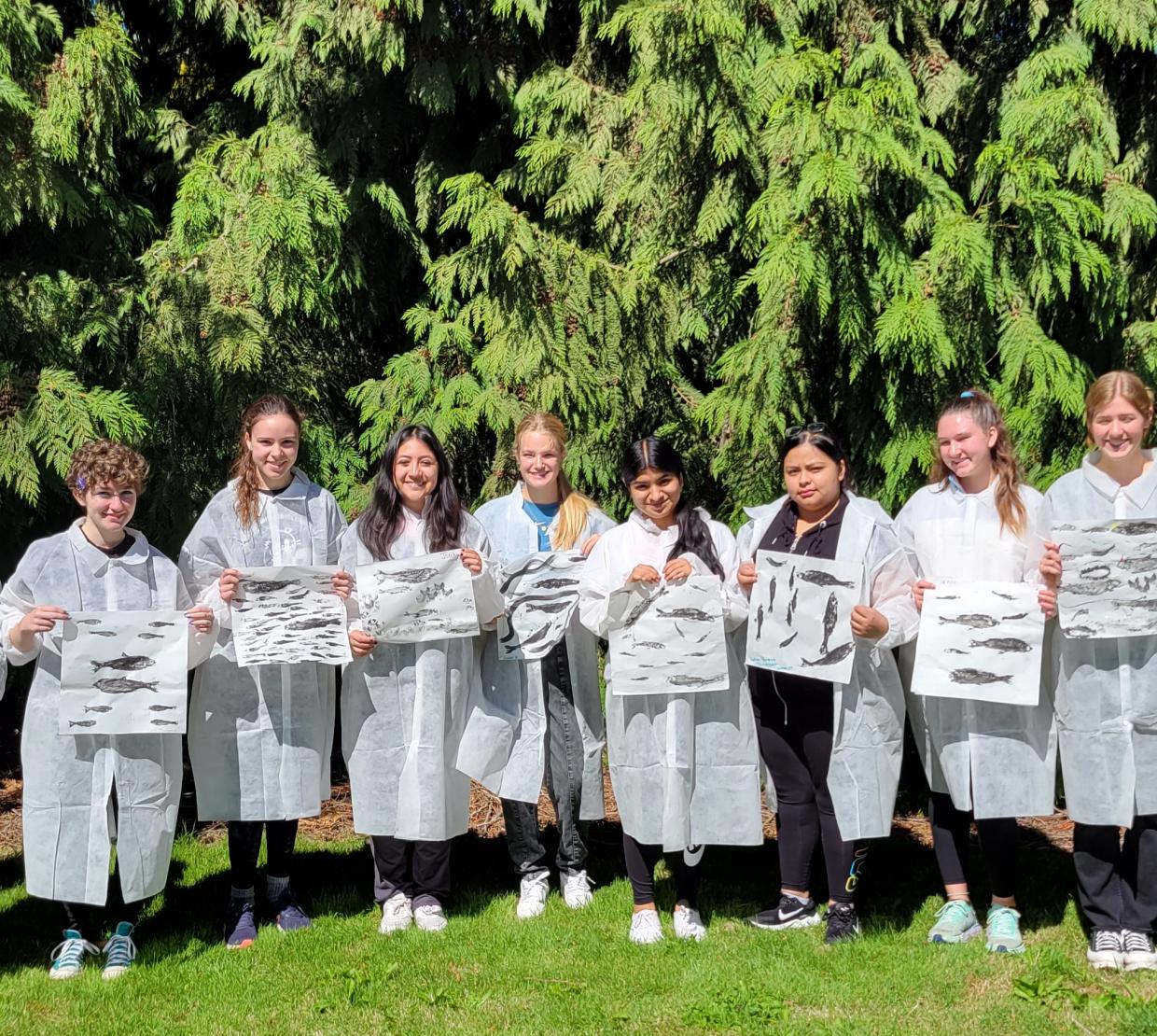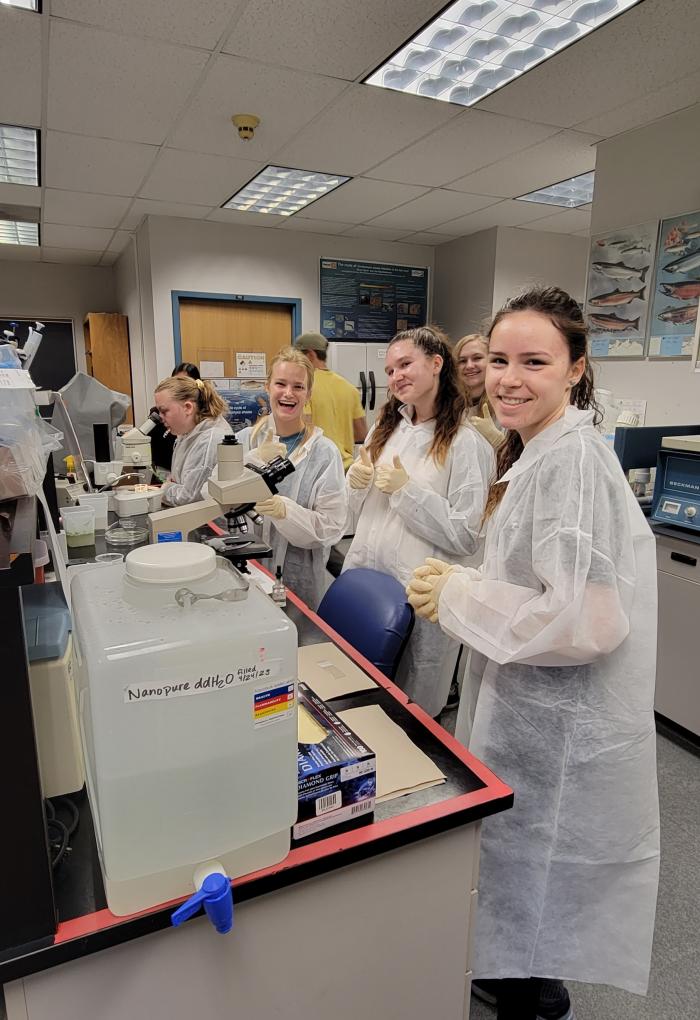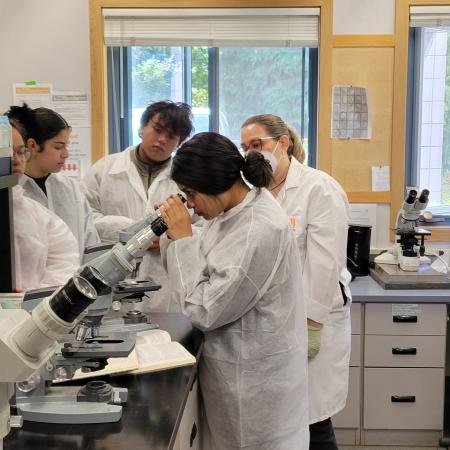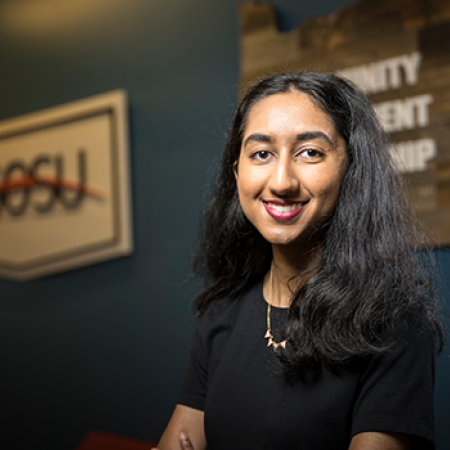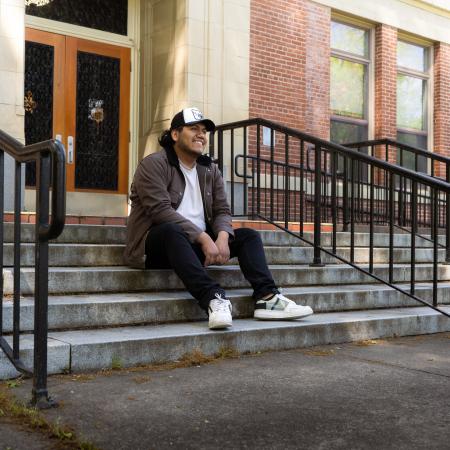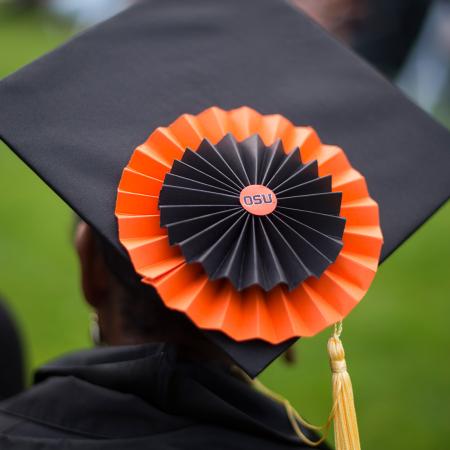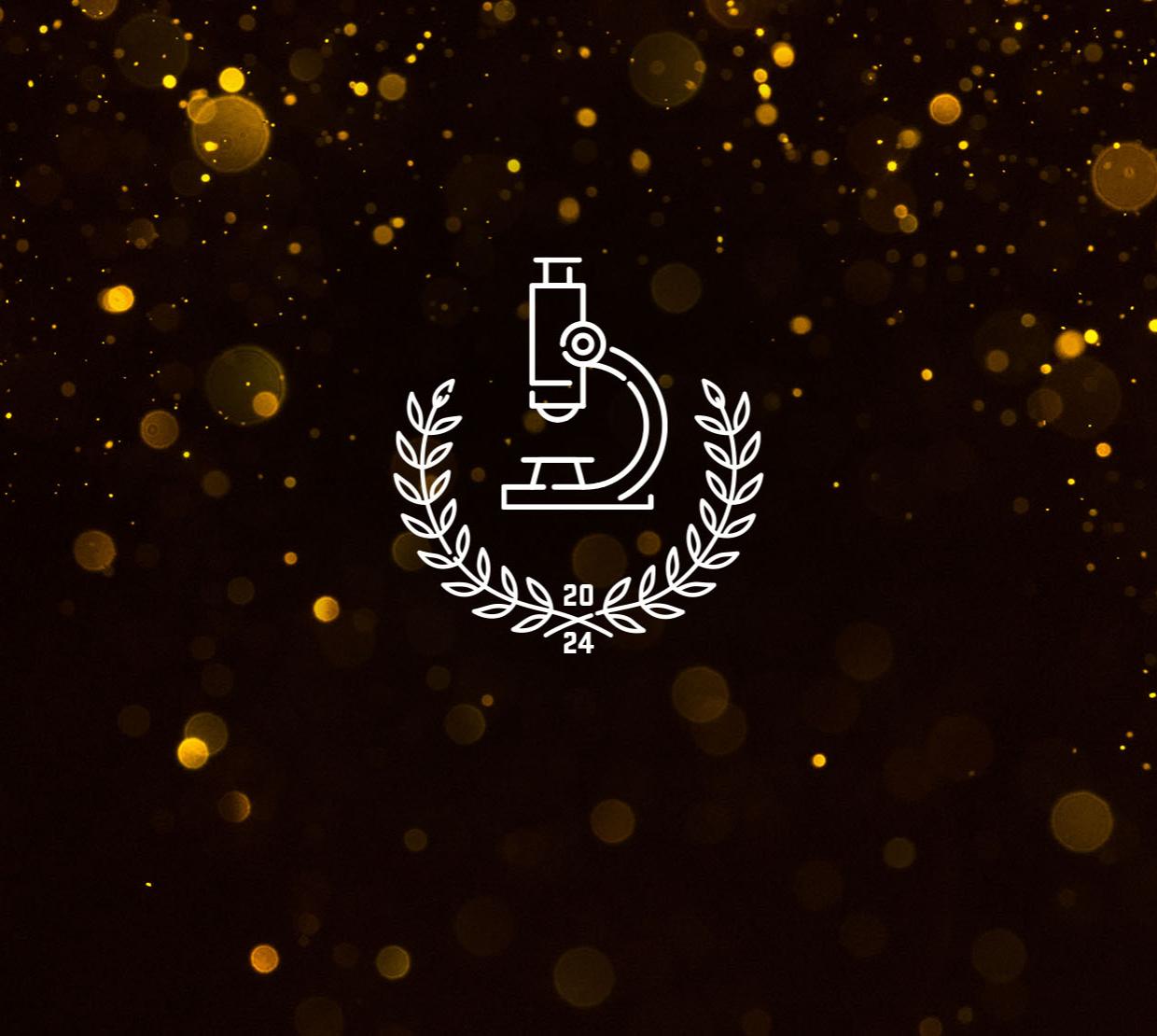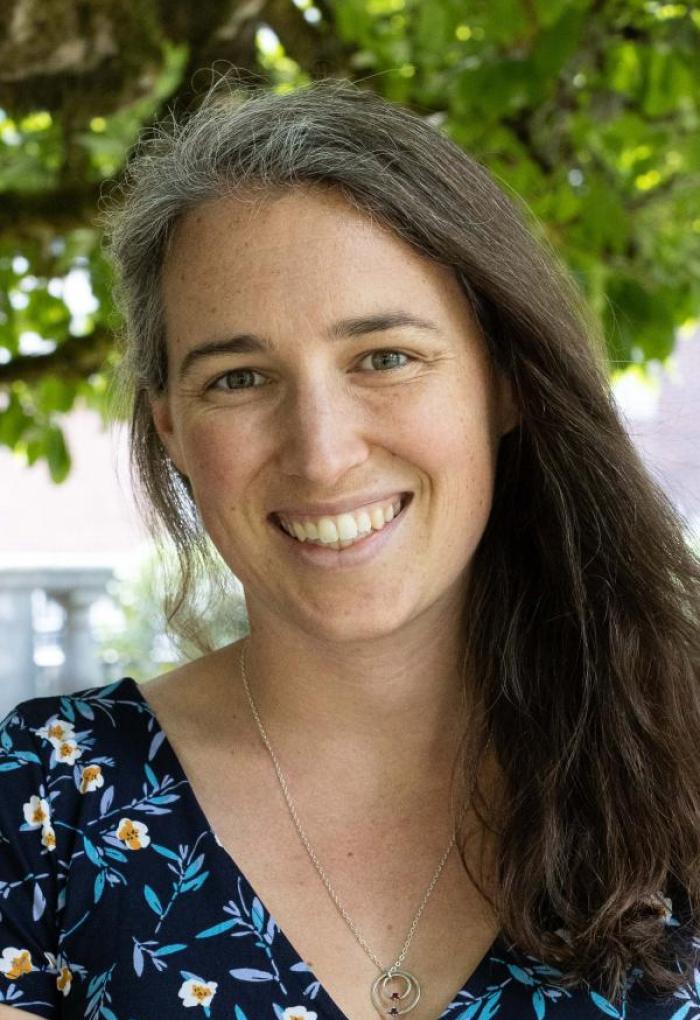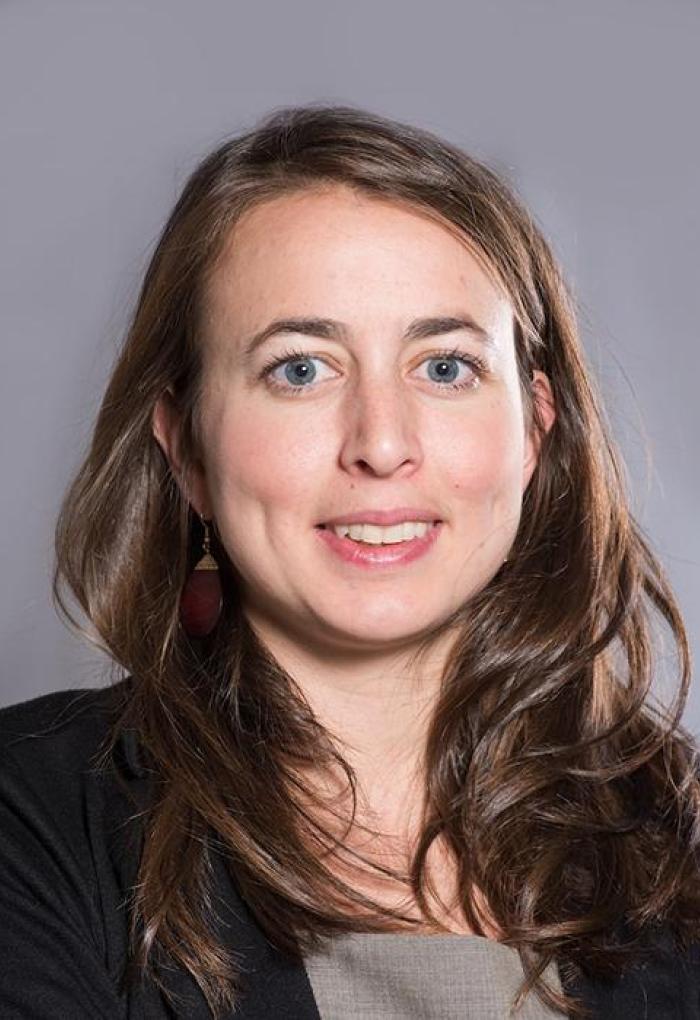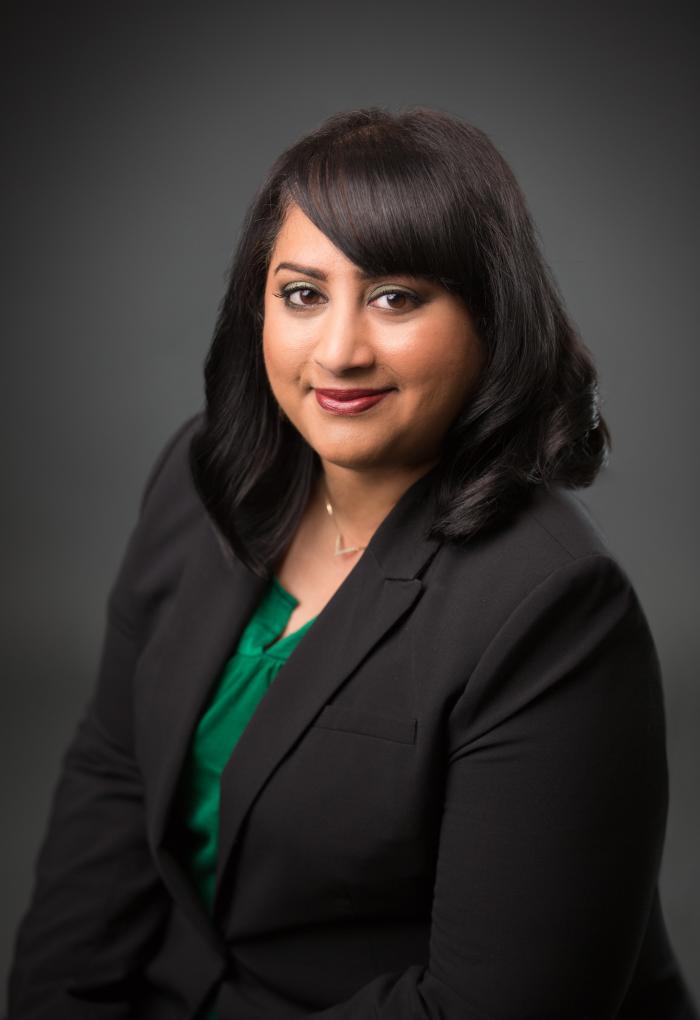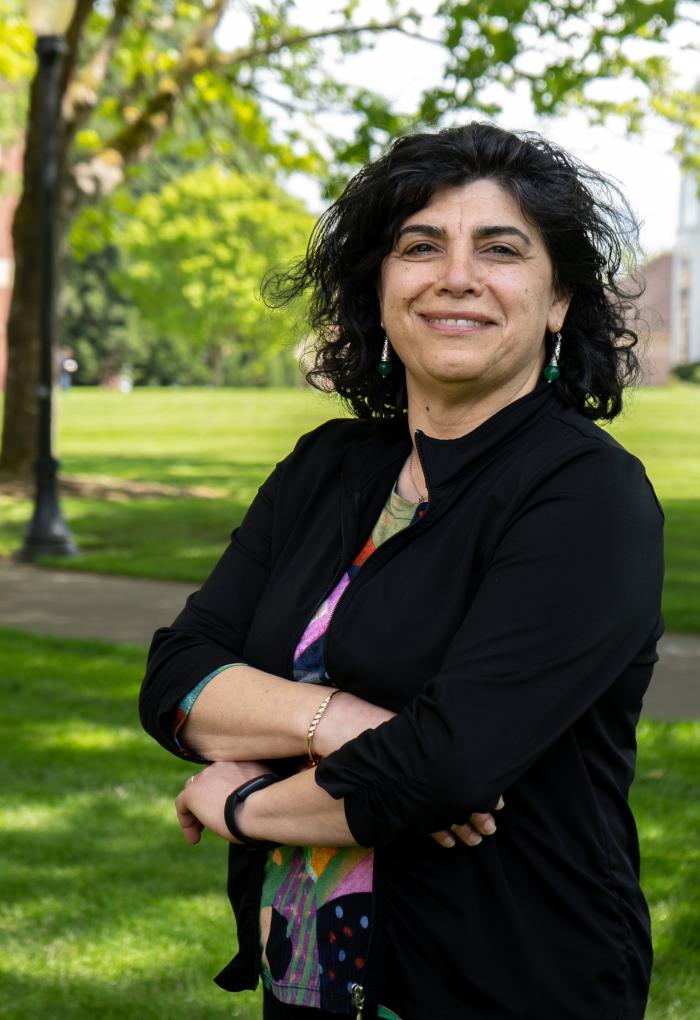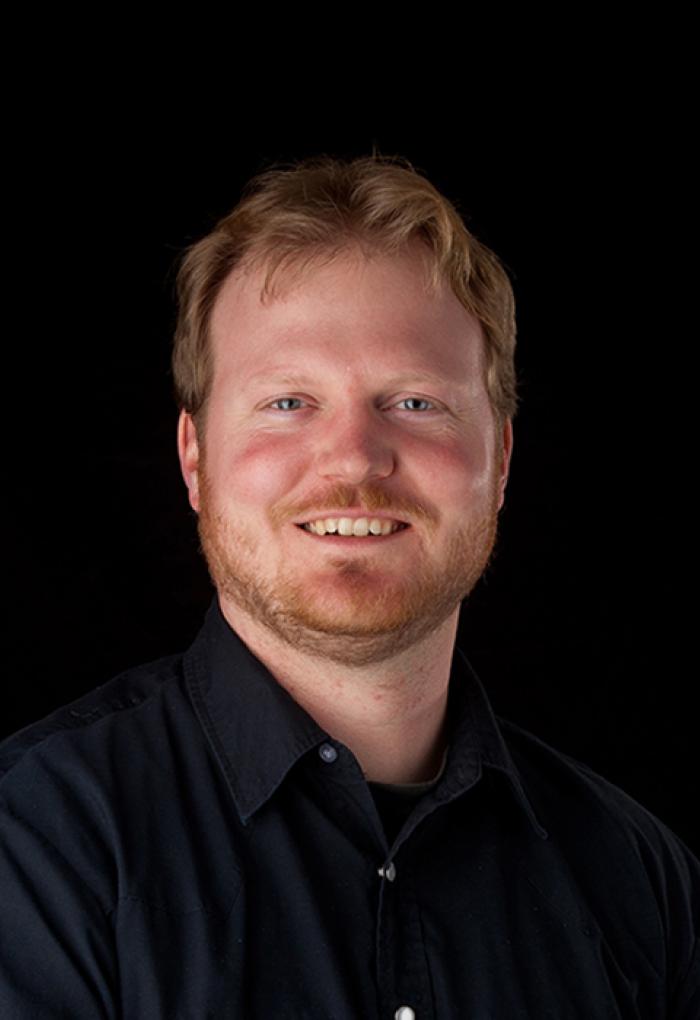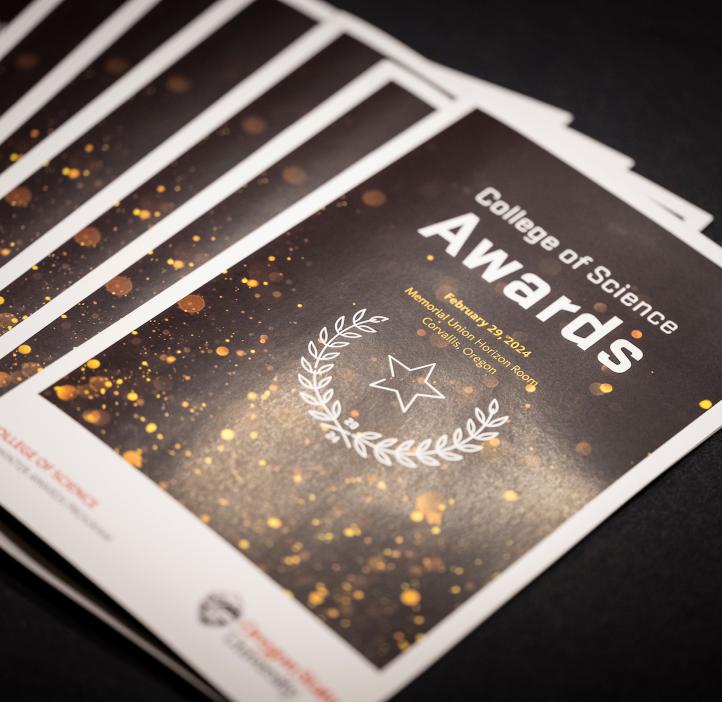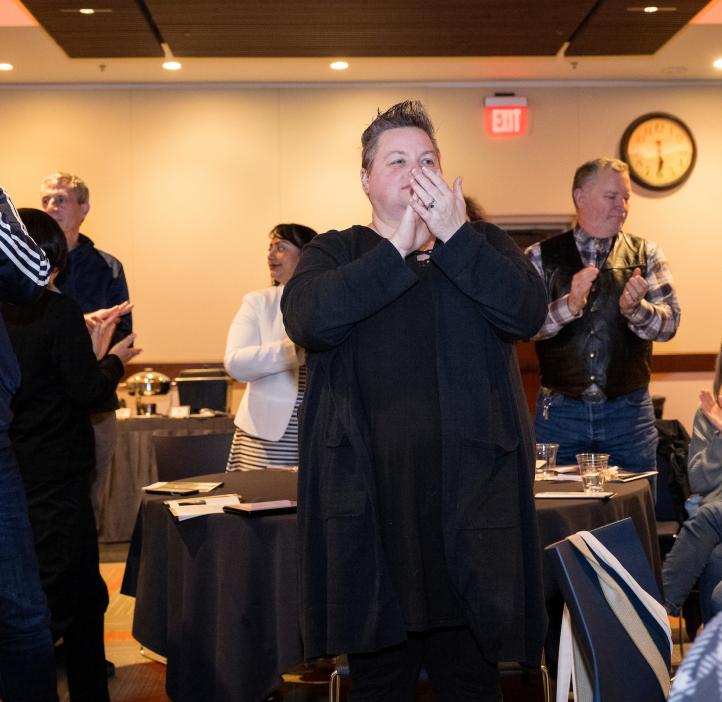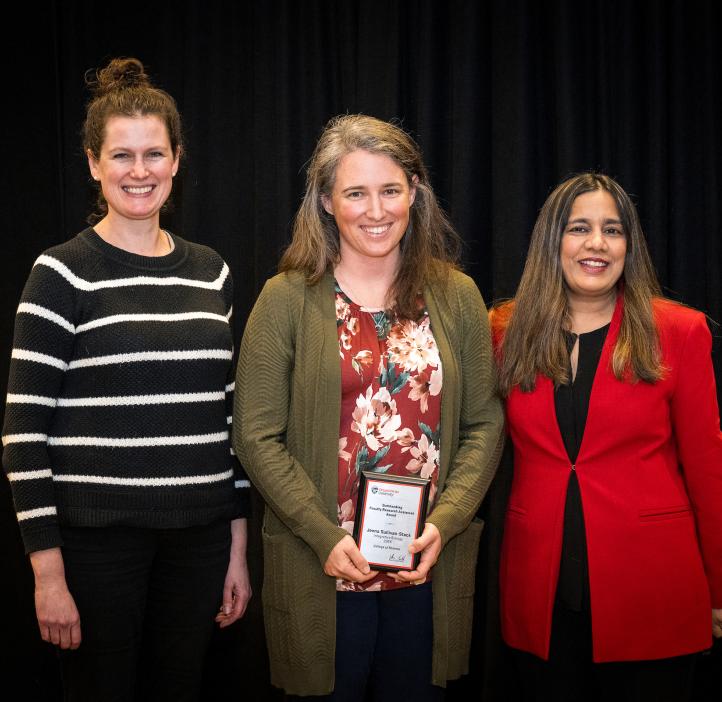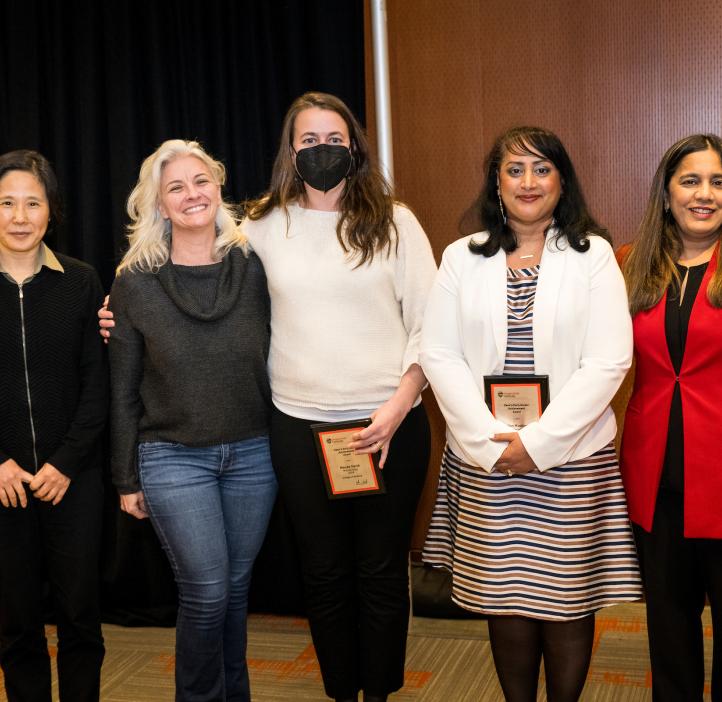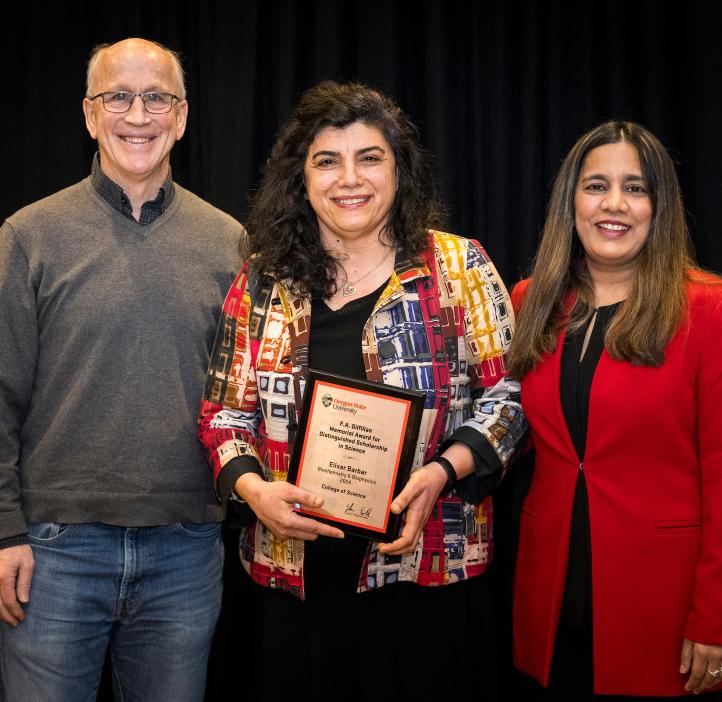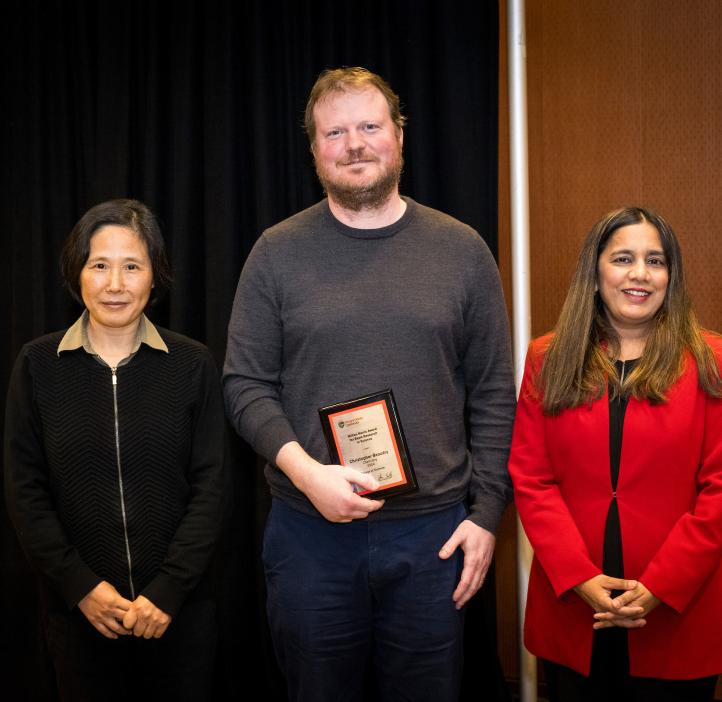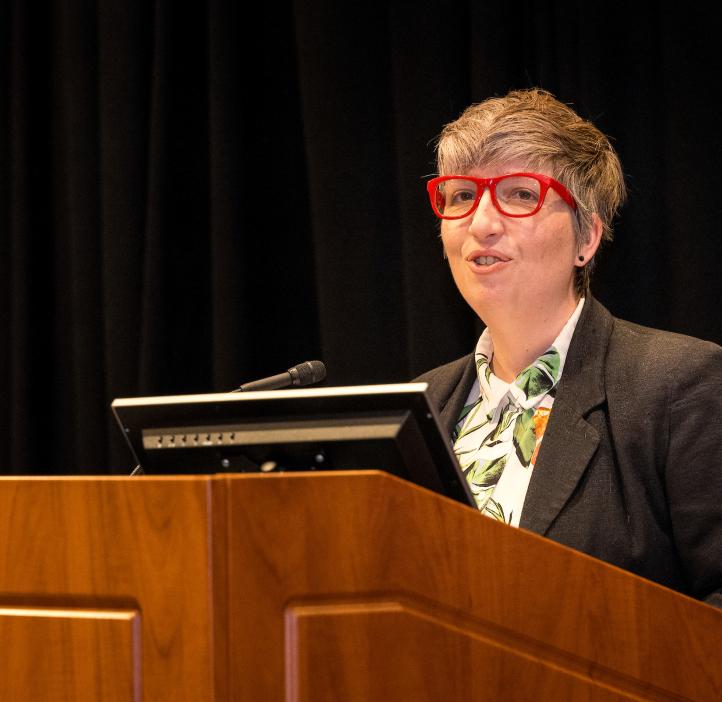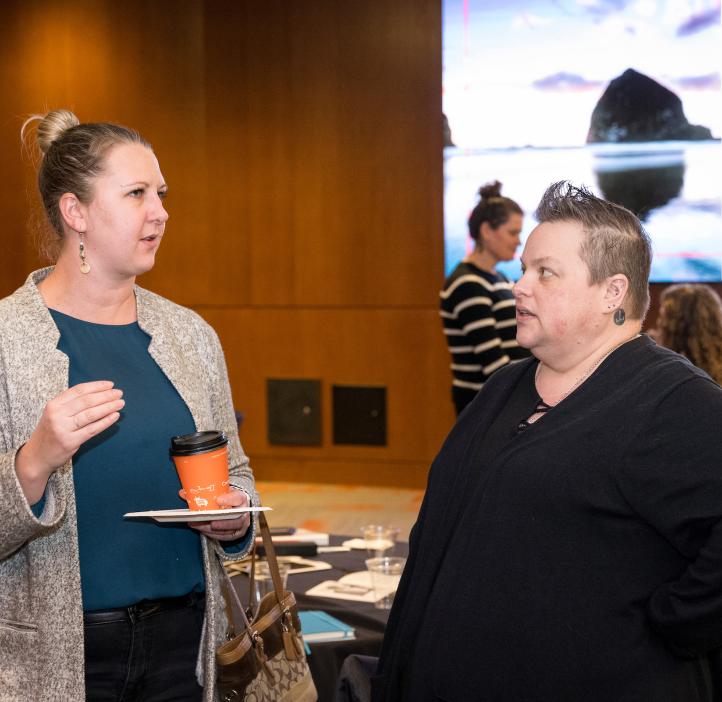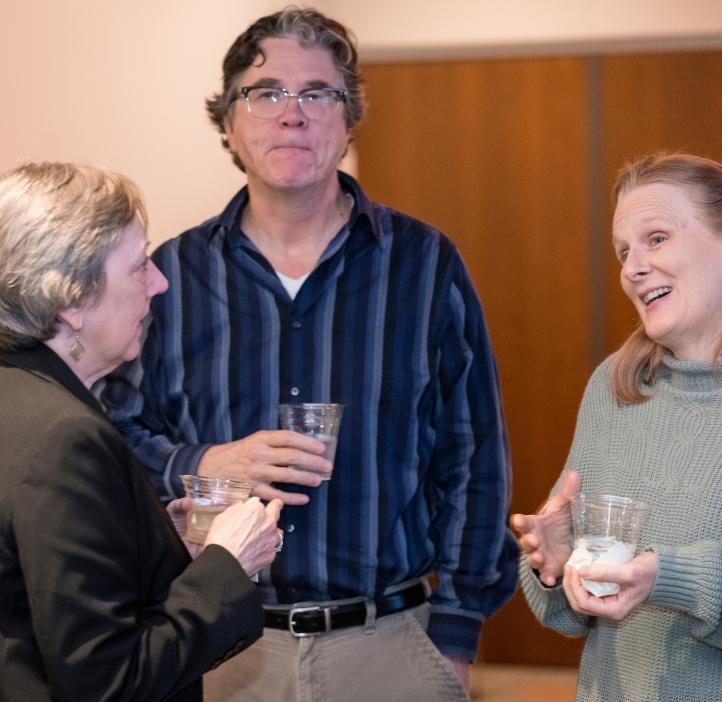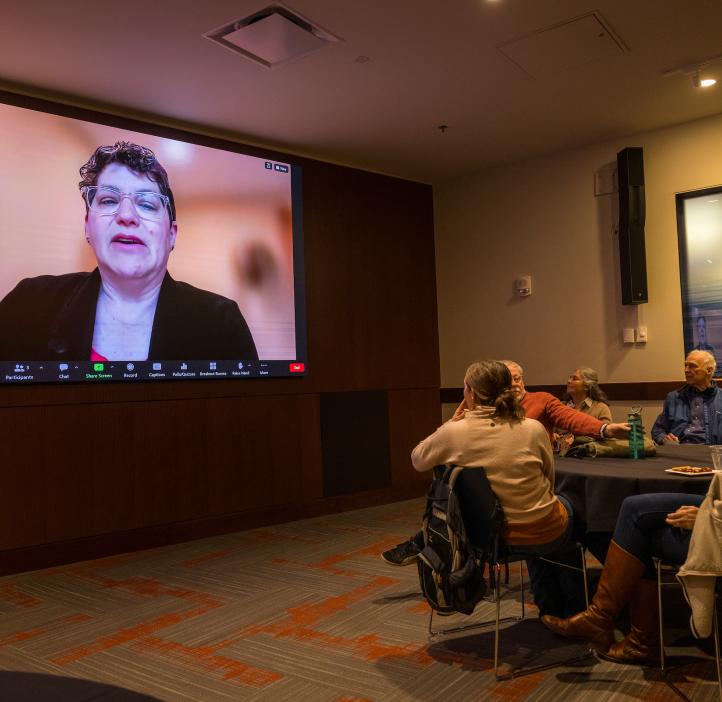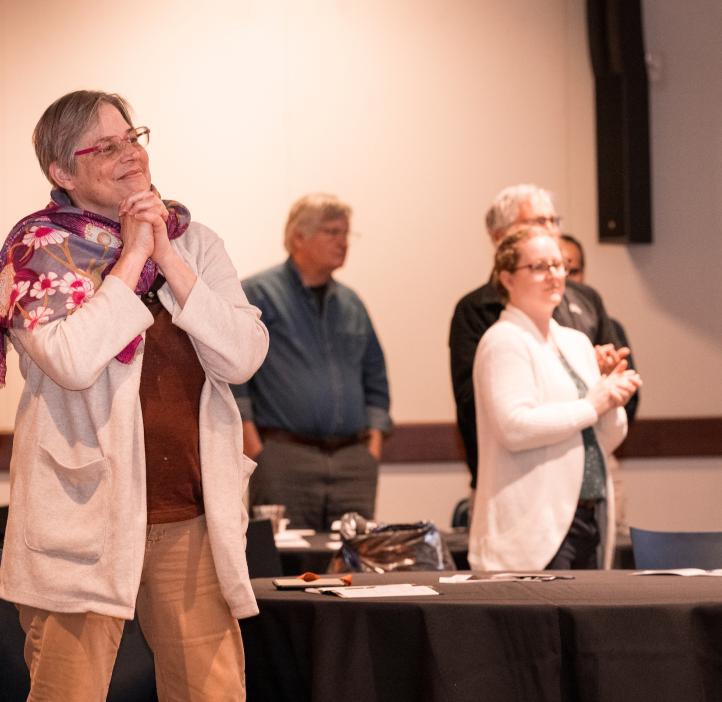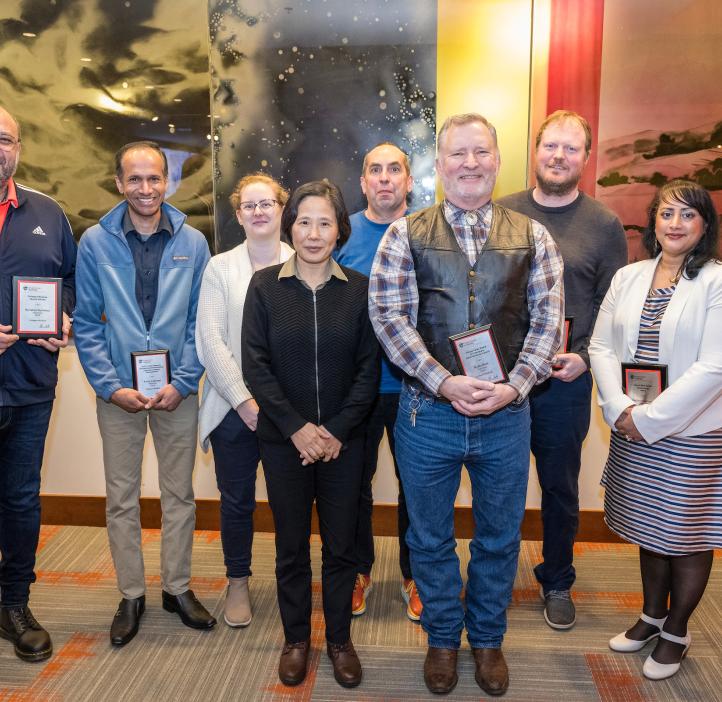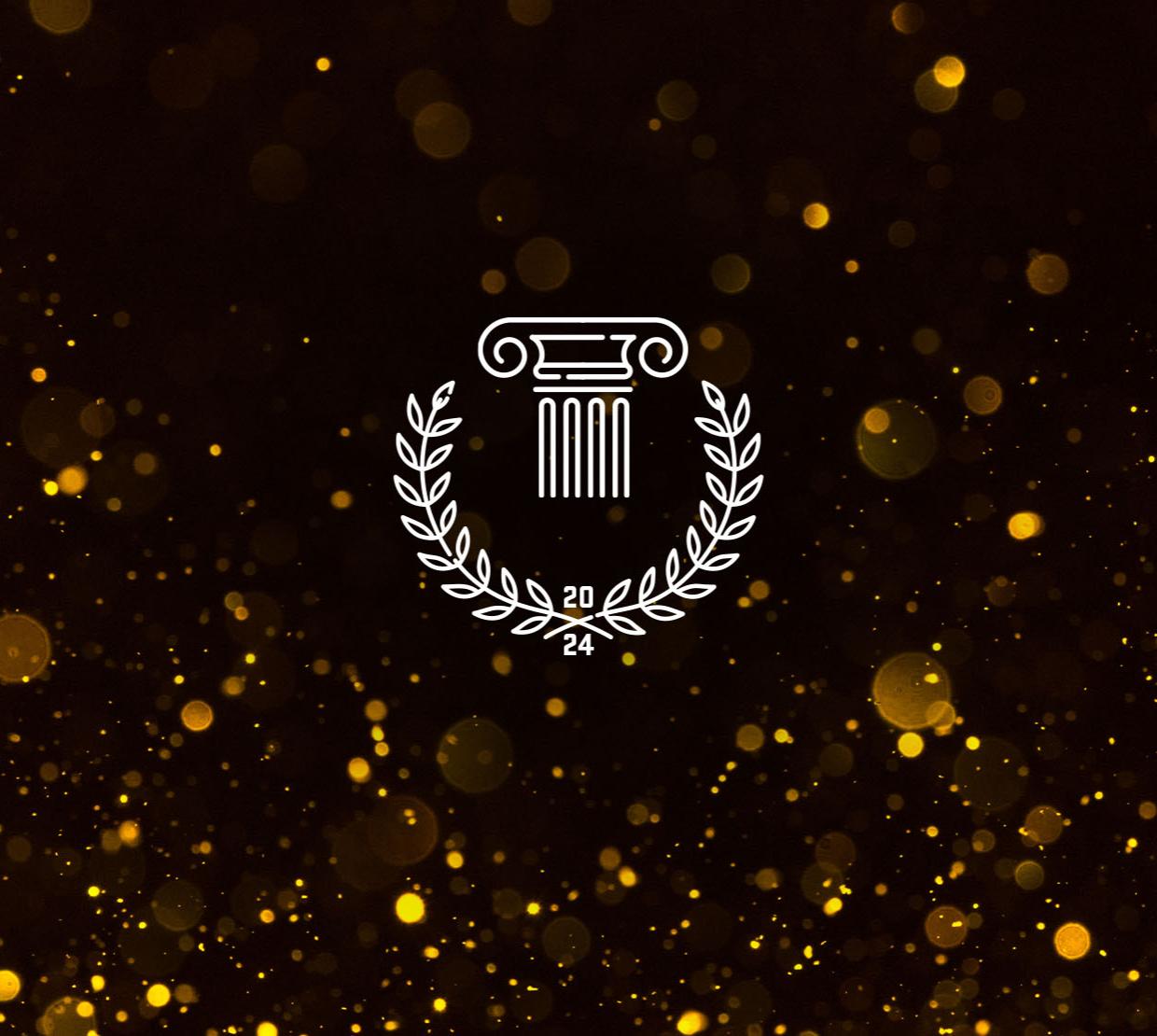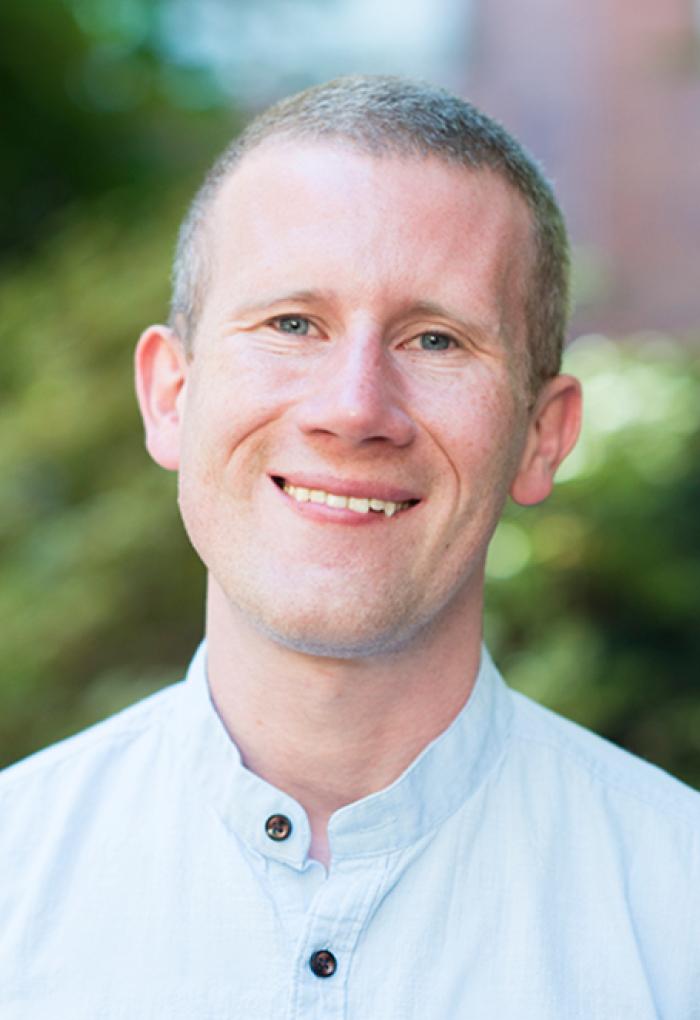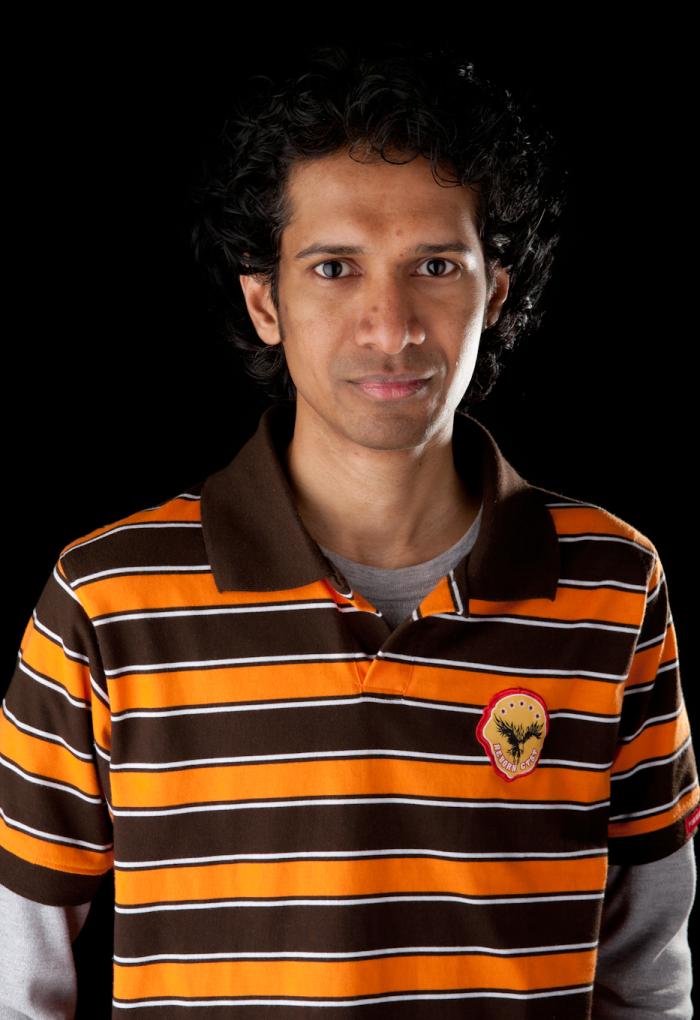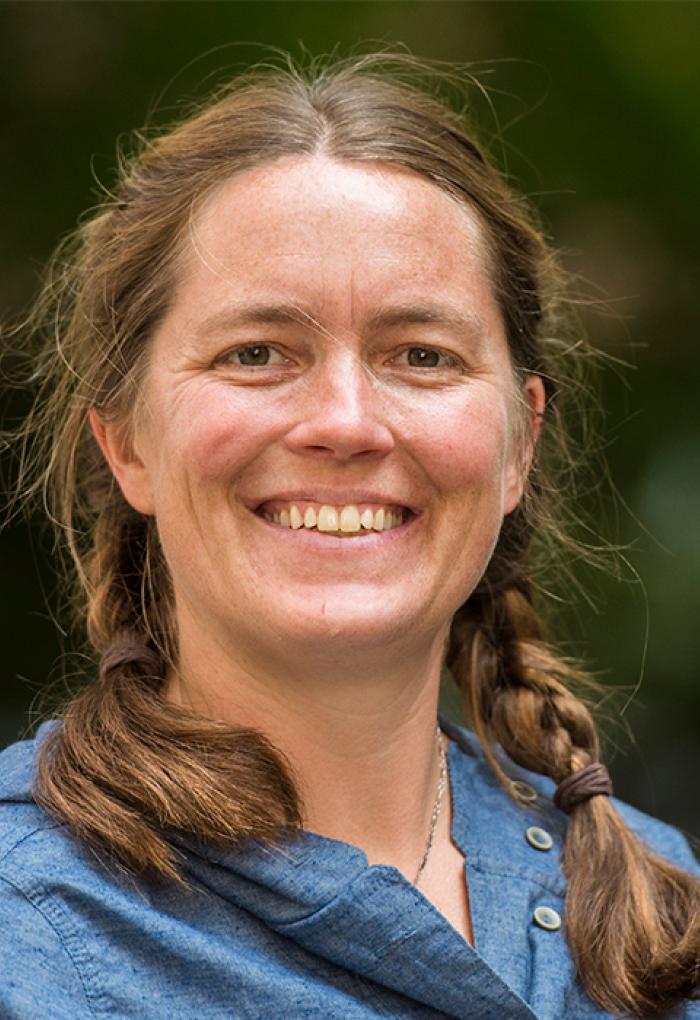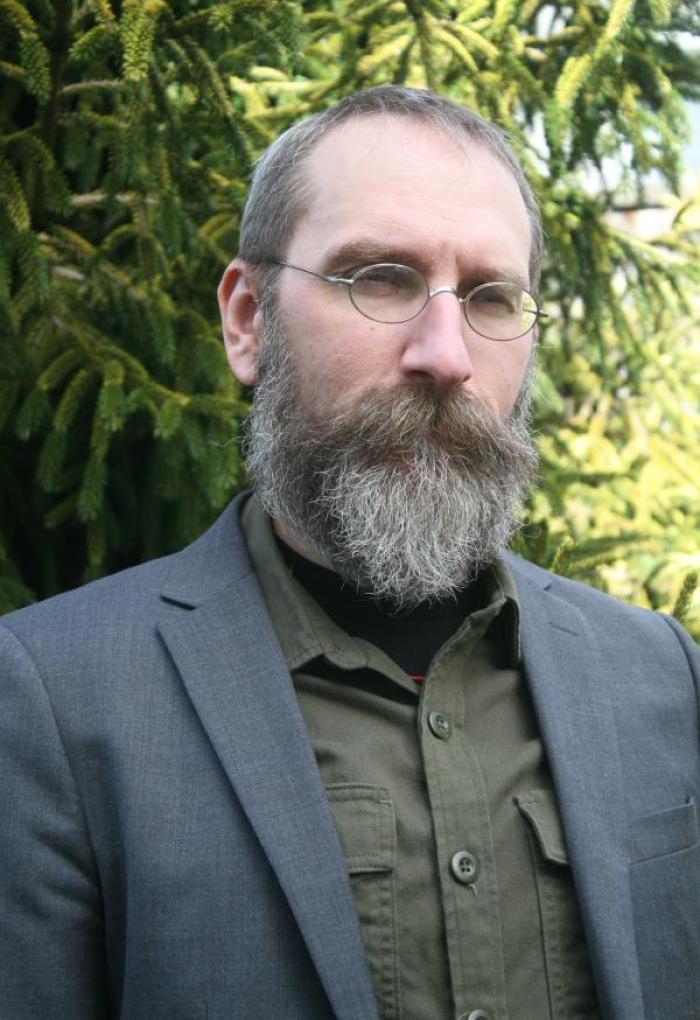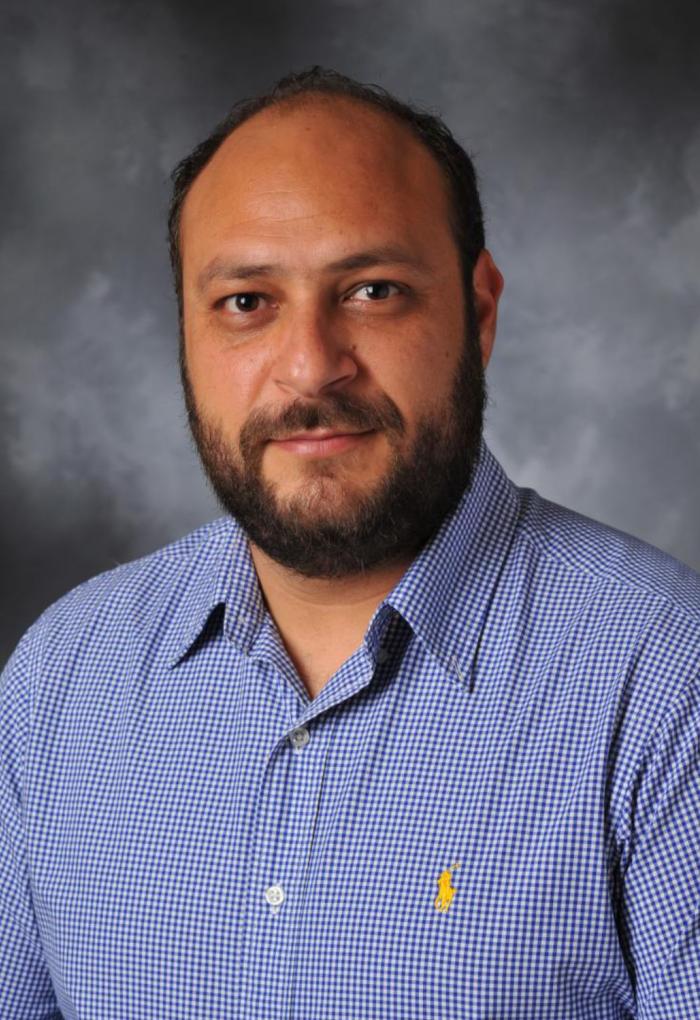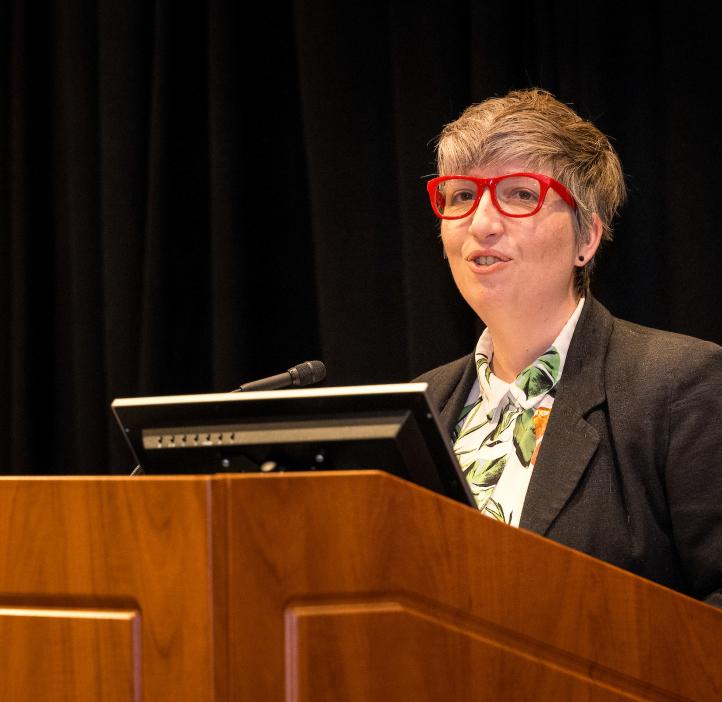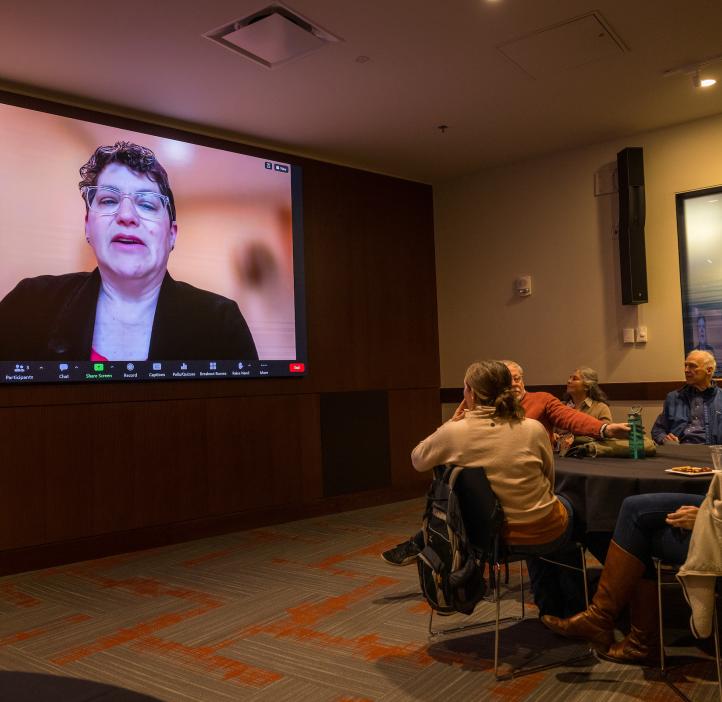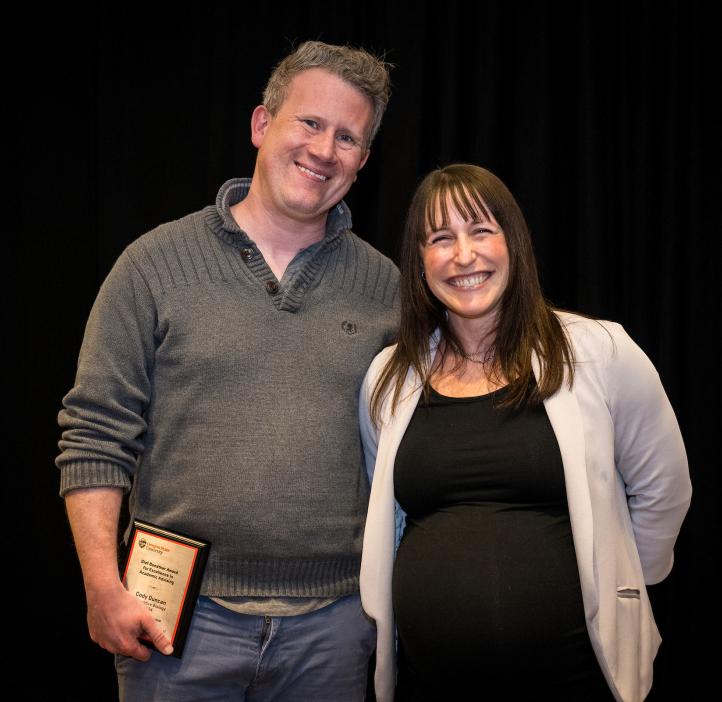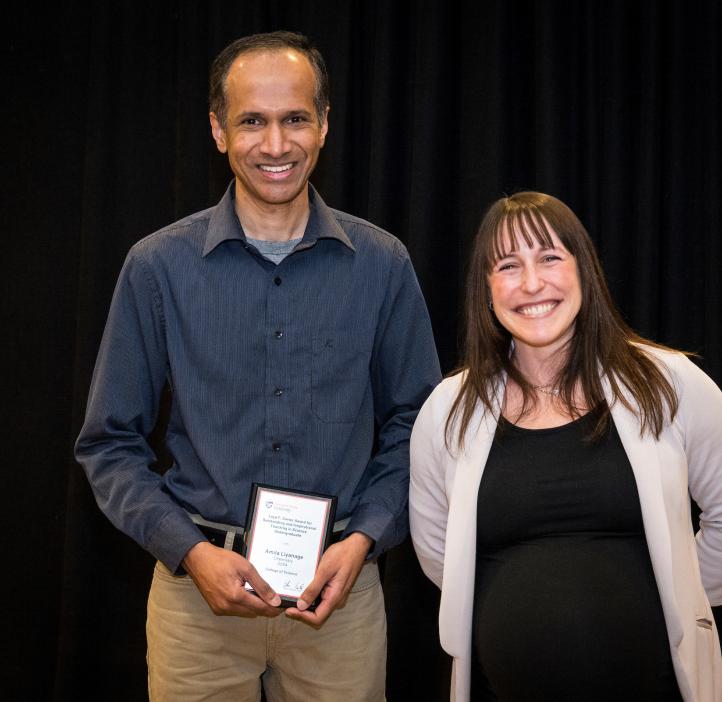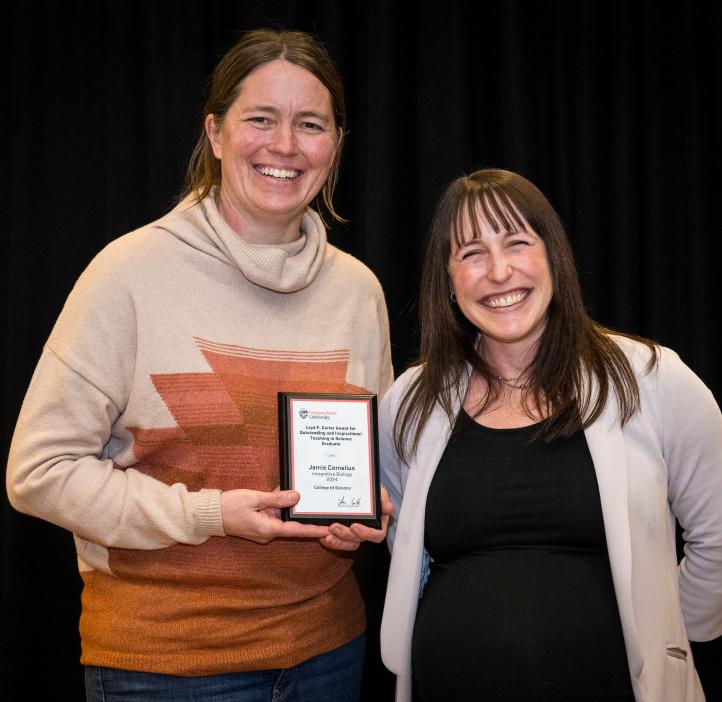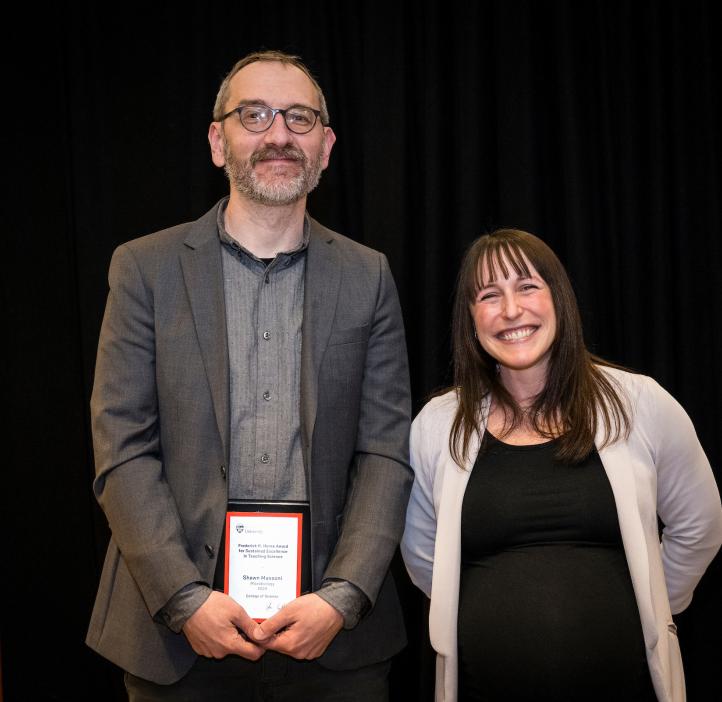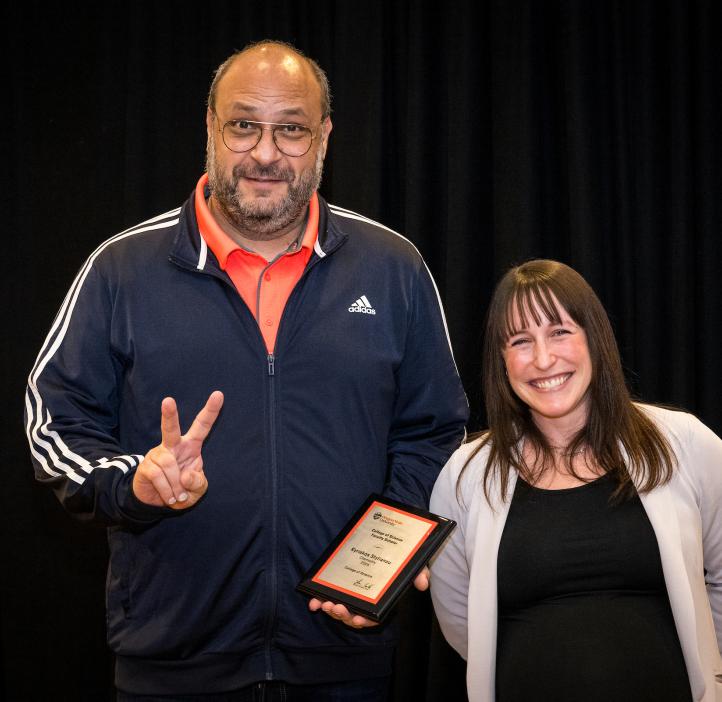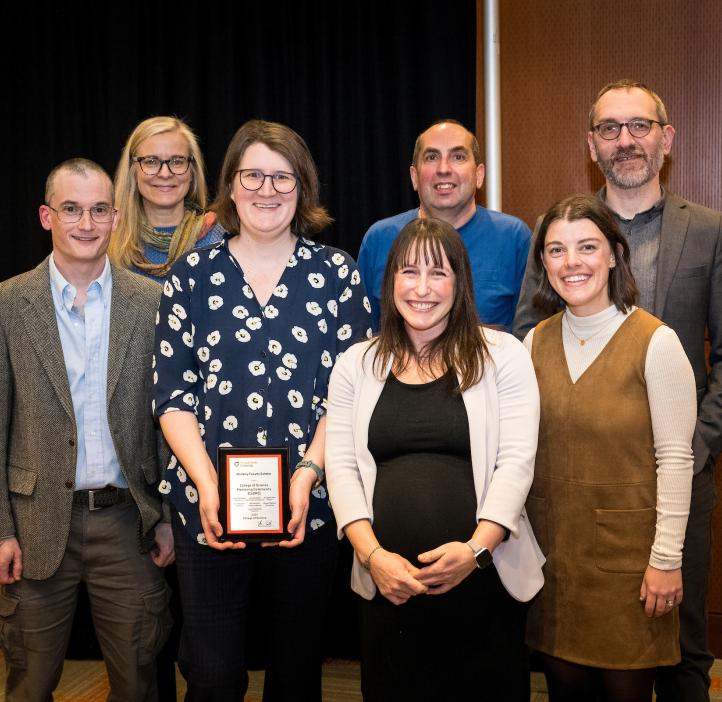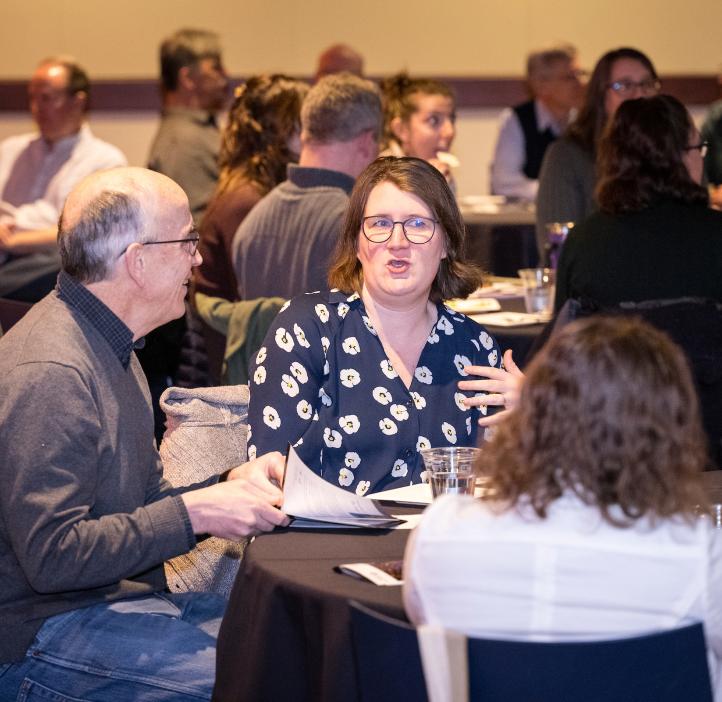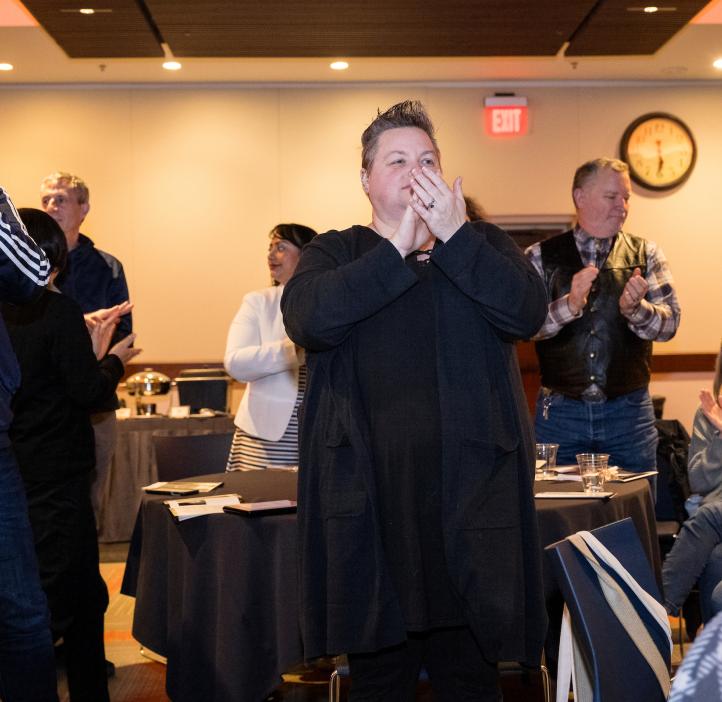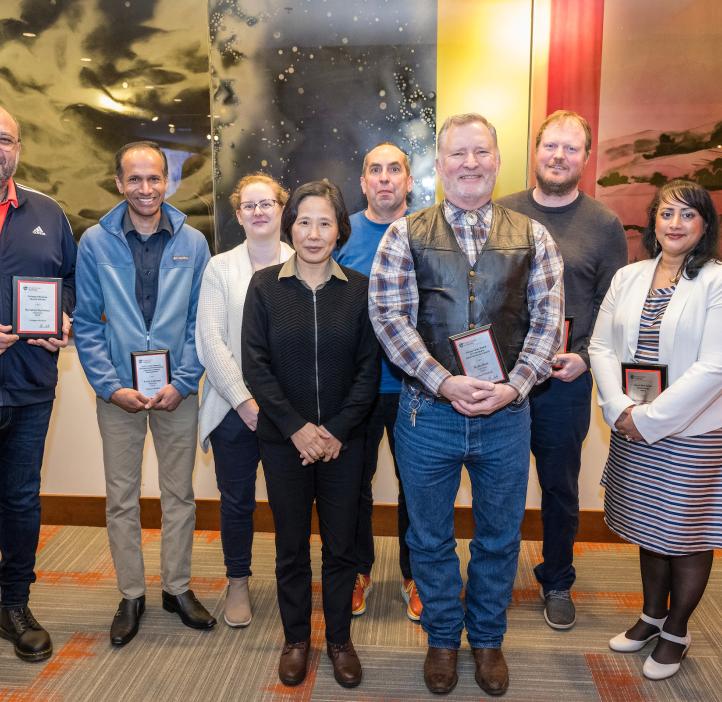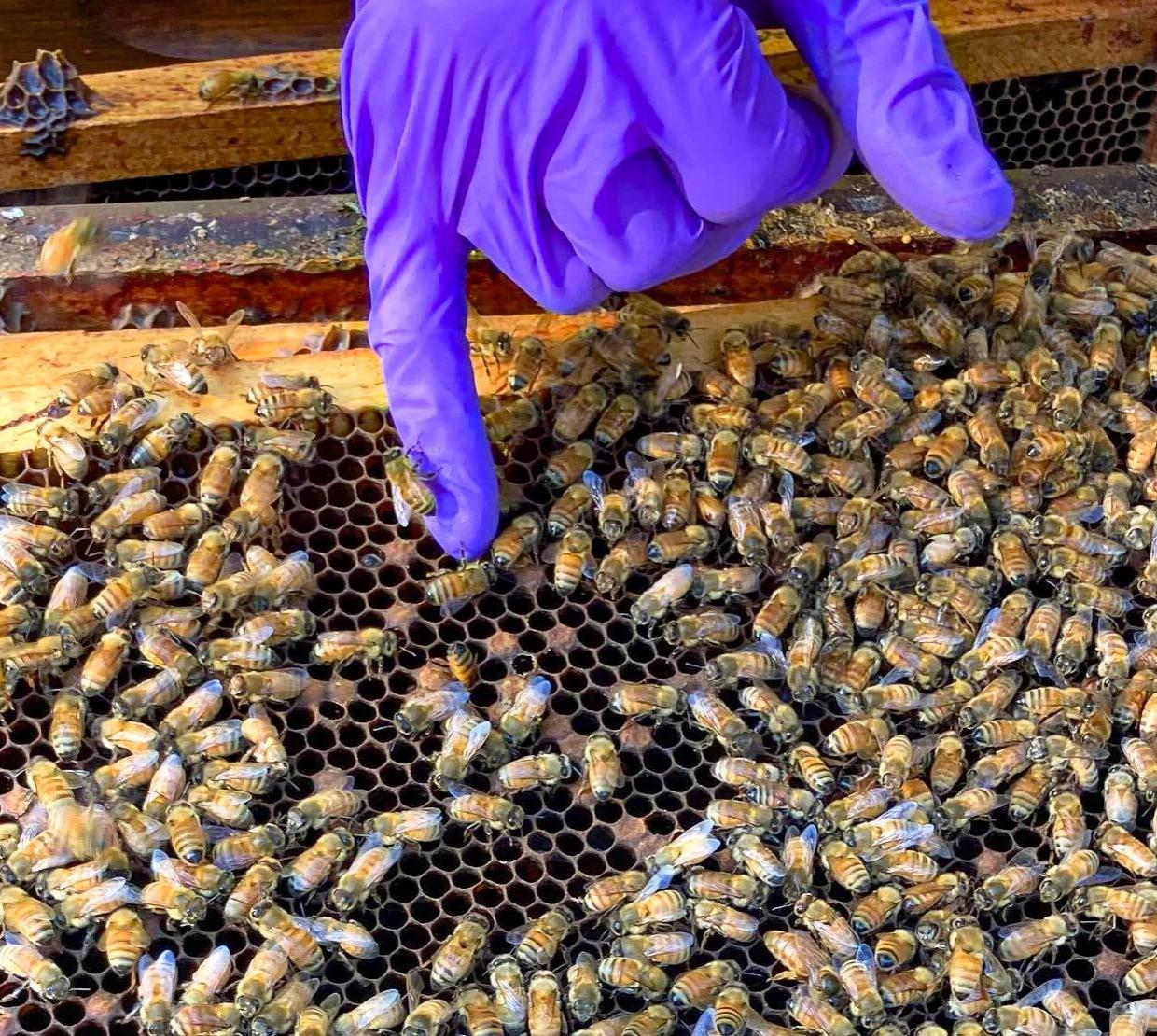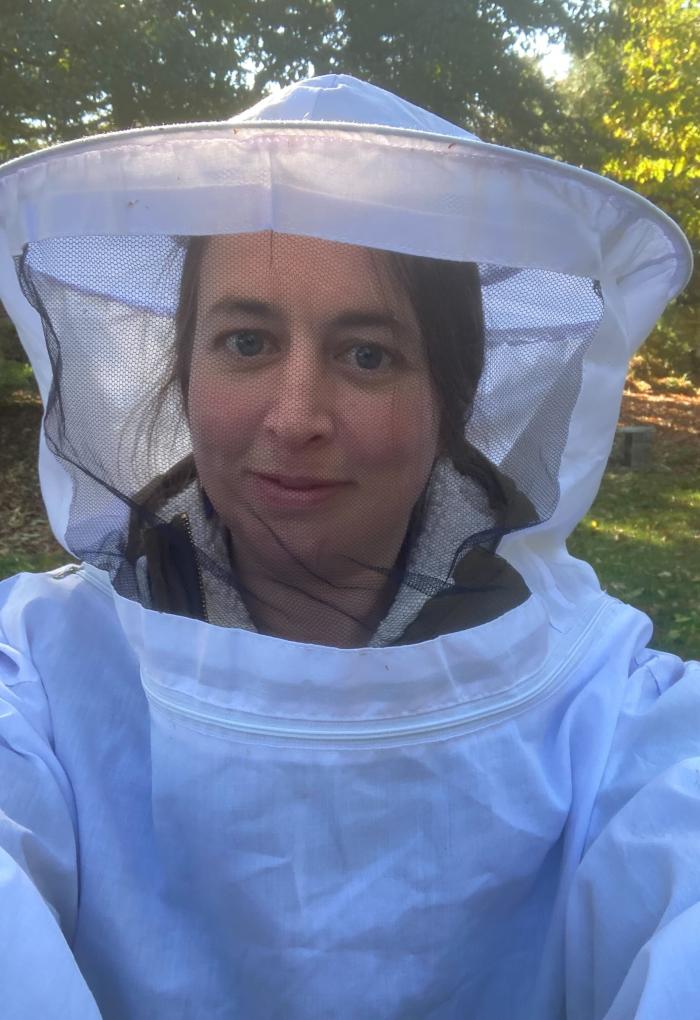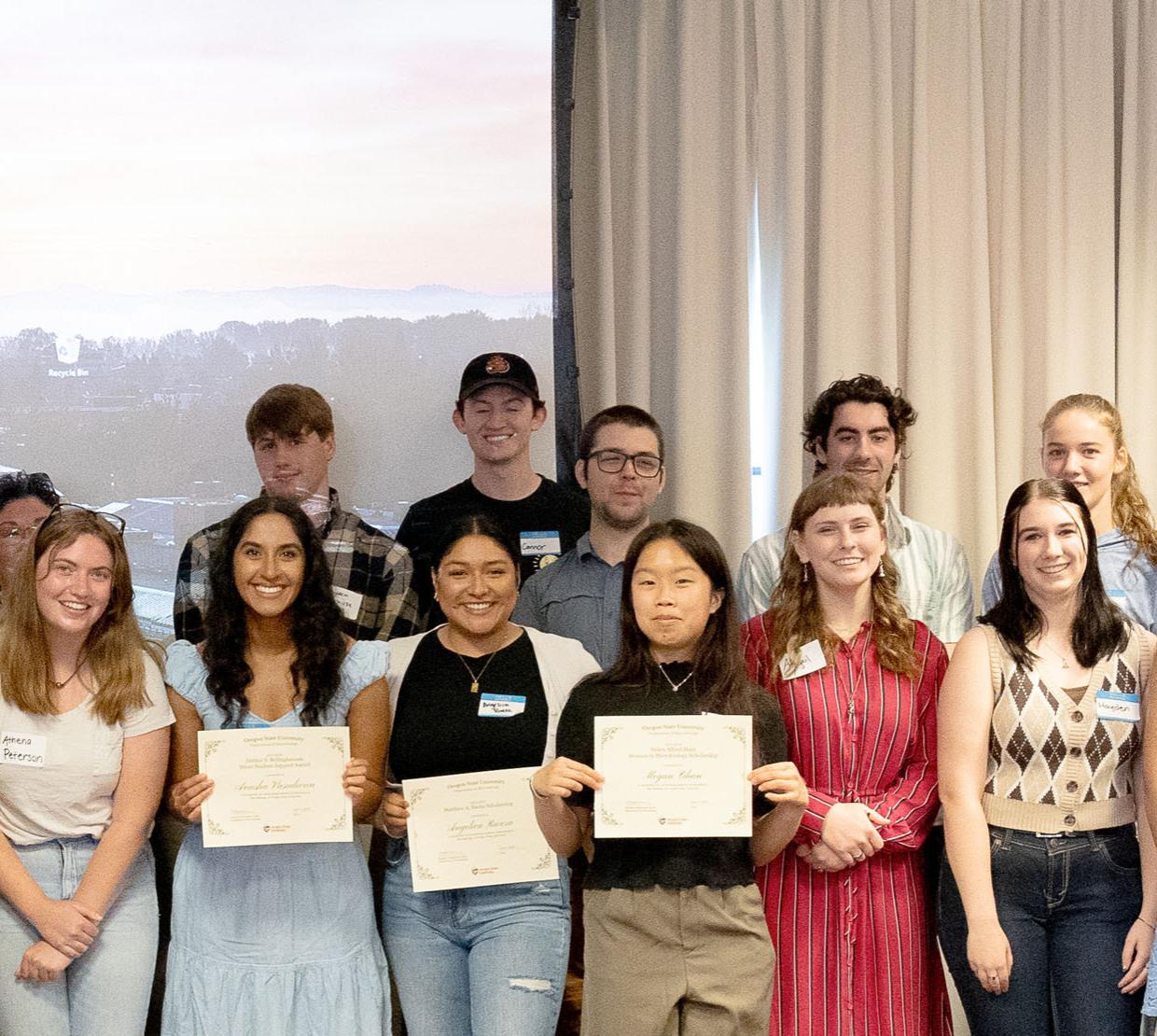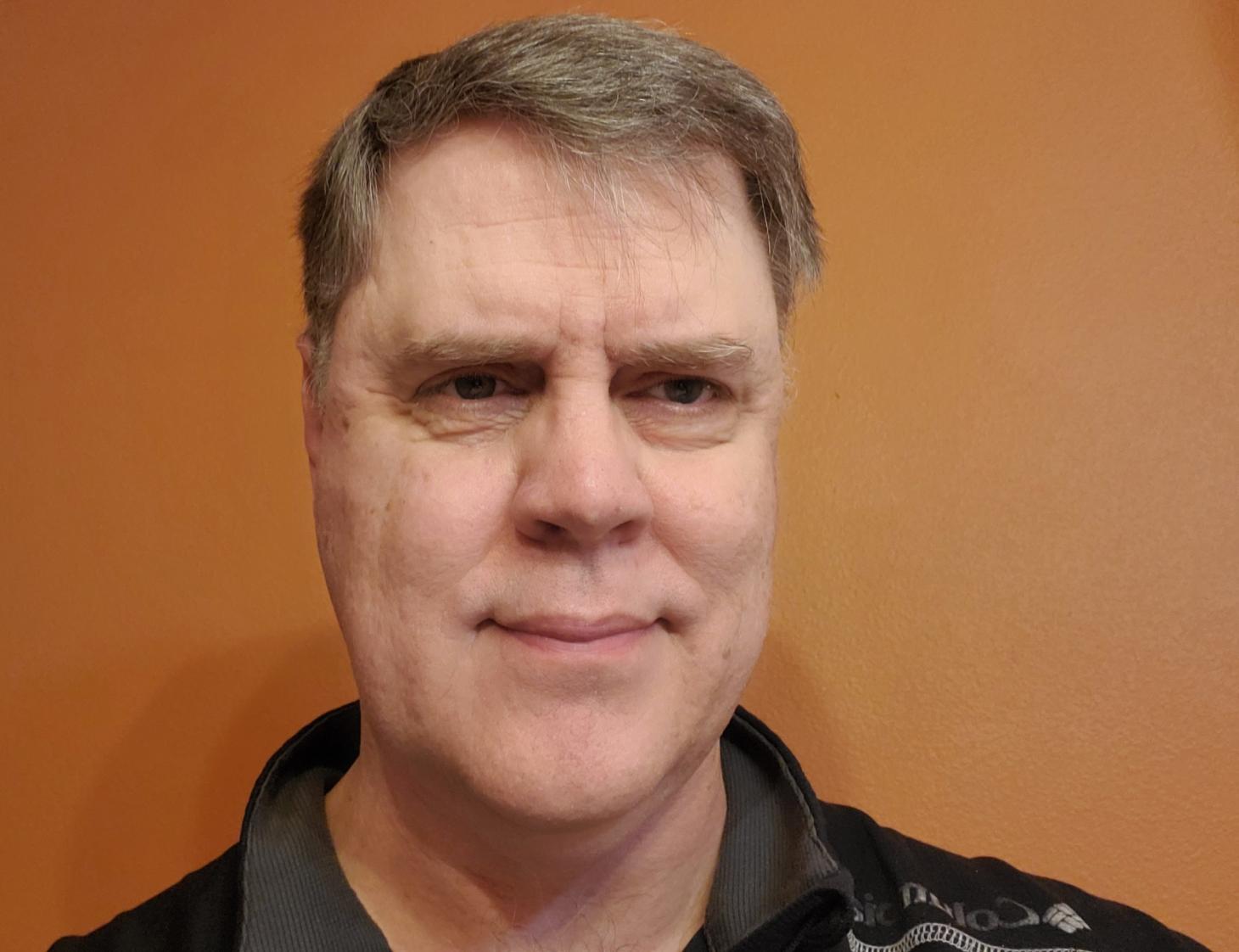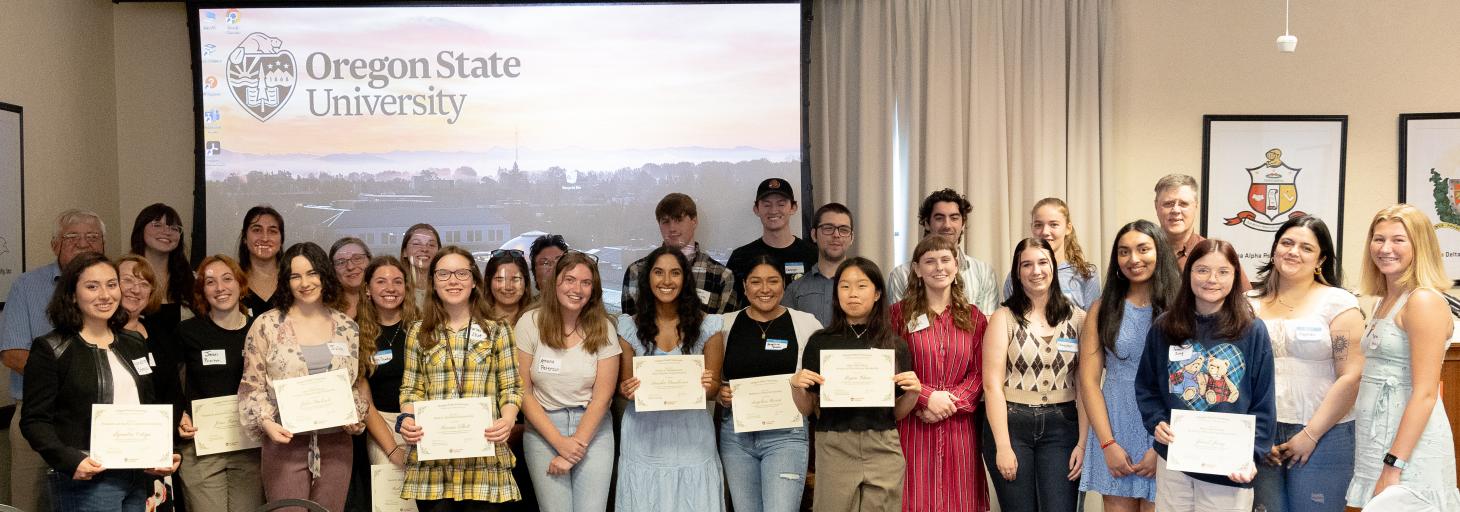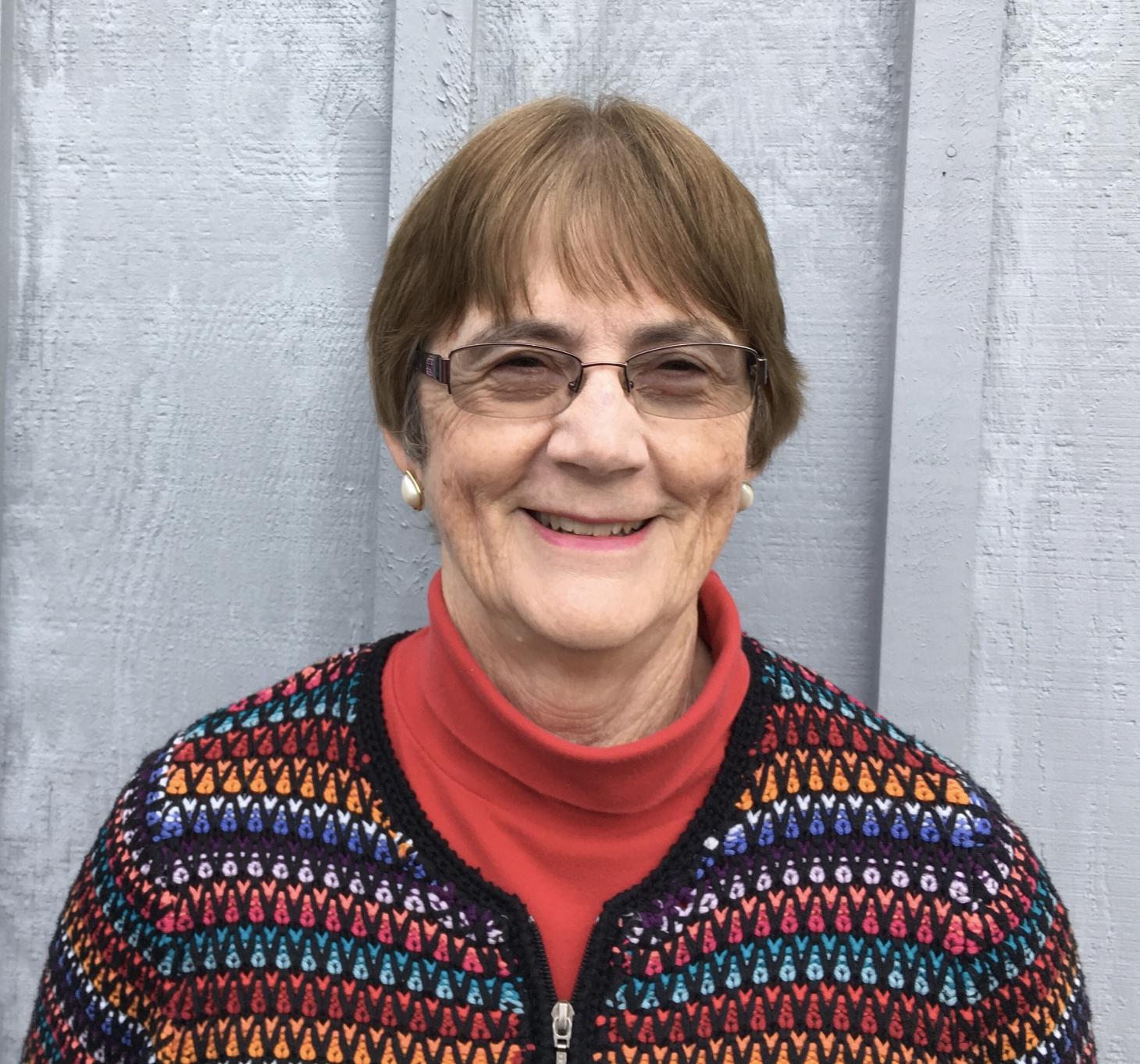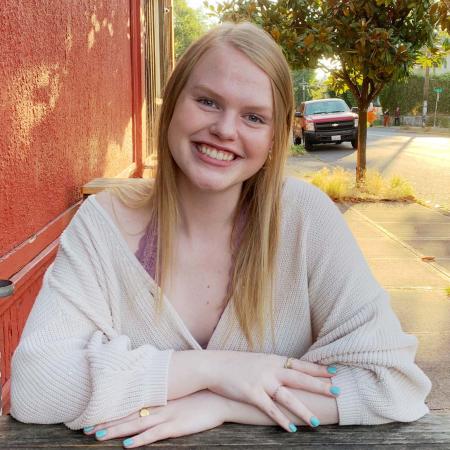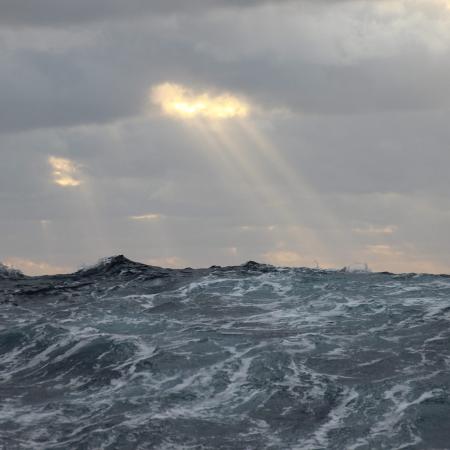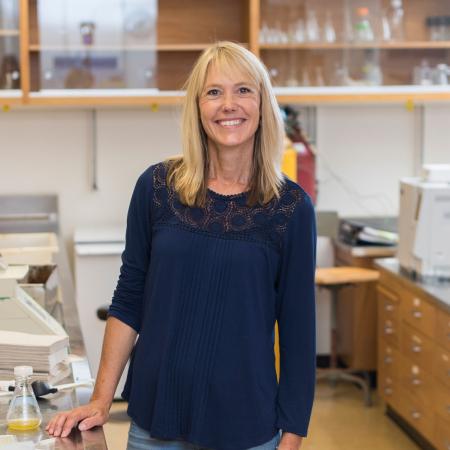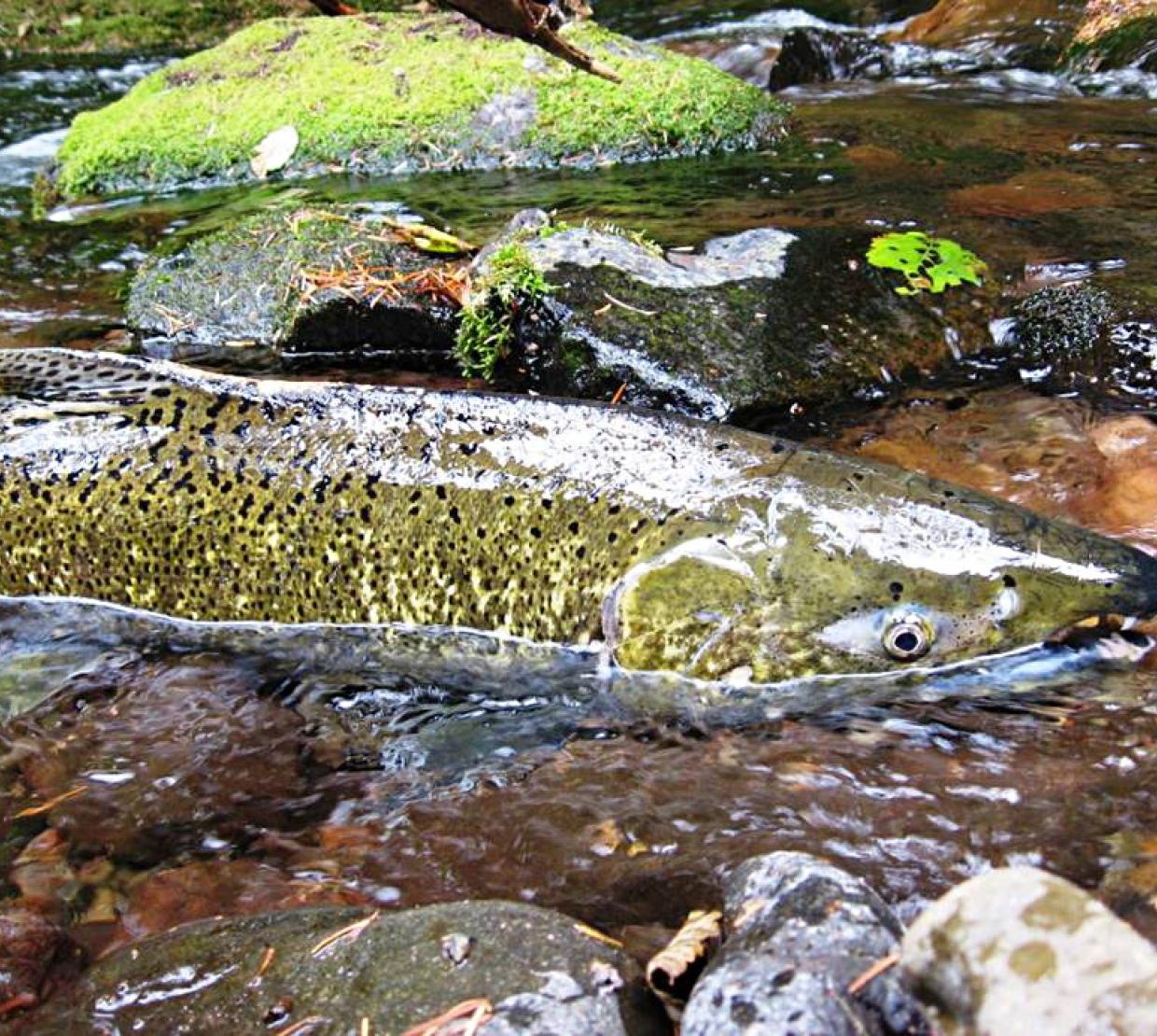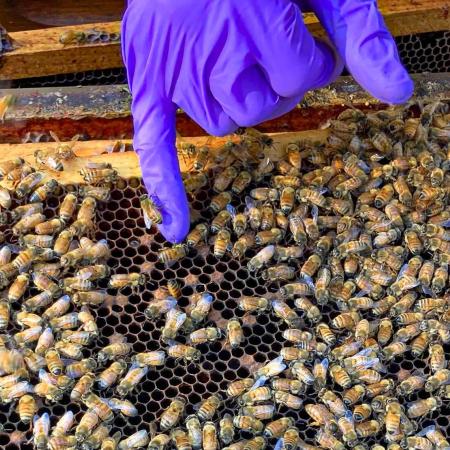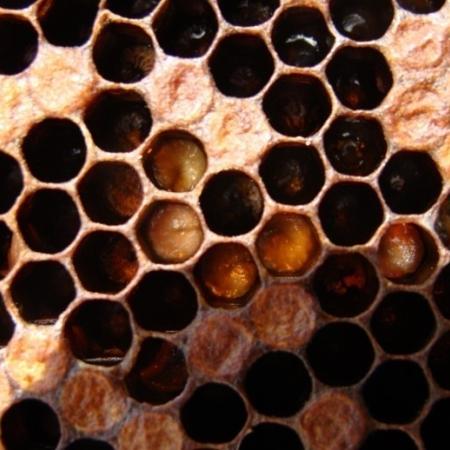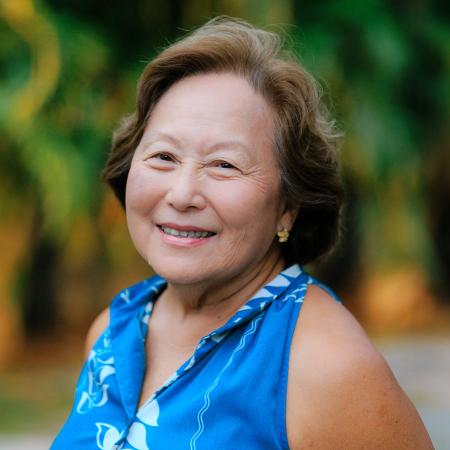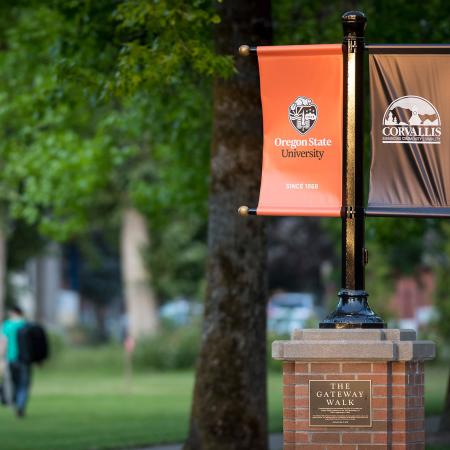Extending the Reach and Impact of Science
RSVP Today
Tuesday, May 21, 2024
11 a.m. – 2 p.m.
Memorial Union Multipurpose Room 13
This event will feature SciRIS awardee presentations, panel discussion on artificial intelligence in the College of Science, and posters and science education demonstrations by Oregon Museum of Science and Industry (OMSI) Fellows.
Schedule of Events
11 – 11:10 a.m.
Welcome and introduction from Vrushali Bokil, Associate Dean of Research and Graduate Studies
11:10 – noon
SciRIS Awards Showcase
The College of Science Research and Innovation Seed (SciRIS) program funds projects based on collaborative research within our community and beyond. The program awards seed funding for high-impact collaborative proposals that build teams, pursue fundamental discoveries and create societal impact. Founded in 2018, SciRIS accelerates the pace of research, discovery and innovation in the College of Science by enabling scientists to work across an array of disciplines in a mentored environment. We showcase some of the recent awards made under this program.
Francis Chan: “The Hypoxic Barrier Hypothesis: have we missed a fundamental dynamic of oxygen use in microbes and ecosystems?”
Kim Halsey: “Leveraging volatile organic compounds to detect cyanotoxin contamination in Oregon lakes”
Maude David: “Leveraging organ-on-a-chip systems to mimic the gut sensory system: toward screening microbiota-vagal interactions”
Yuan Jiang: “Harnesses longitudinal microbiome data to define the ecological roles of host-associated microbes”
Alysia Vrailas-Mortimer: “A New Model to Study the role of Iron in Parkinson’s Disease”
Noon – 1 p.m.
Lunch & Networking: OMSI Communication Fellows demonstration and poster session
Oregon State University and the Oregon Museum of Science and Industry (OMSI), one of the nation's leading science centers, have enjoyed a close partnership since 2016. OMSI hosts its popular Science Communication Fellowship cohort program on OSU’s Corvallis campus every spring. More than 70 students, faculty and staff from across science at OSU have completed the training program, including the Colleges of Science; Engineering; Earth, Ocean, and Atmospheric Science; Agricultural Sciences; Forestry; and Public Health and Human Sciences. The COS partners with OMSI in offering this fellowship to our students. Here we showcase some of our COS OMSI Science Communication Fellows.
Akasit Visootsat & Yuan Gao (Physics): “What & How to see motor proteins?”
Sunni Patton (Microbiology): “Exploring the Coral Microbiome”
Austin Vick (Integrative Biology): “What can the common fruit fly tell us about our health”
1 – 2 p.m.
Panel Session: AI in Research
Moderators: Vrushali Bokil, Bettye Maddux and Jeff Hare
The panel will discuss ideas for incorporating AI and data science across four priority research areas: clean energy, integrated health and biotechnology, climate solutions and robotics.
Panelists
Tim Zuehlsdorff, Assistant Professor, Department of Chemistry
Jeff Hazboun, Assistant Professor, Department of Physics
Ryan Mehl, Professor, Director of GCE4All Research Center, Department of Biochemistry & Biophysics
Marilyn Rampersad Mackiewicz, Assistant Professor, Department of Chemistry
Francis Chan, Associate Professor, Director, Cooperative Institute for Marine Ecosystem and Resources Studies, Department of Integrative Biology

